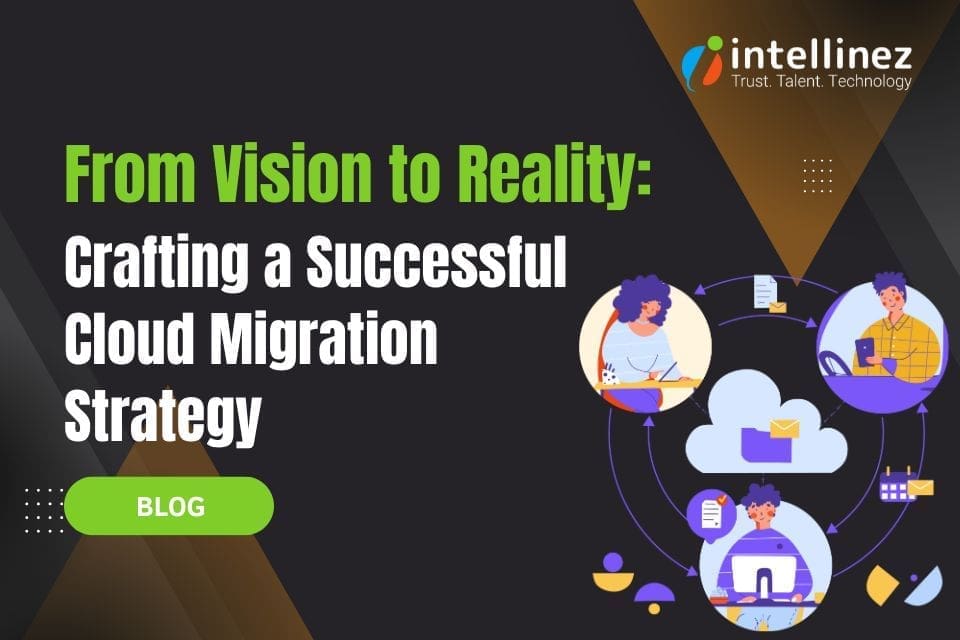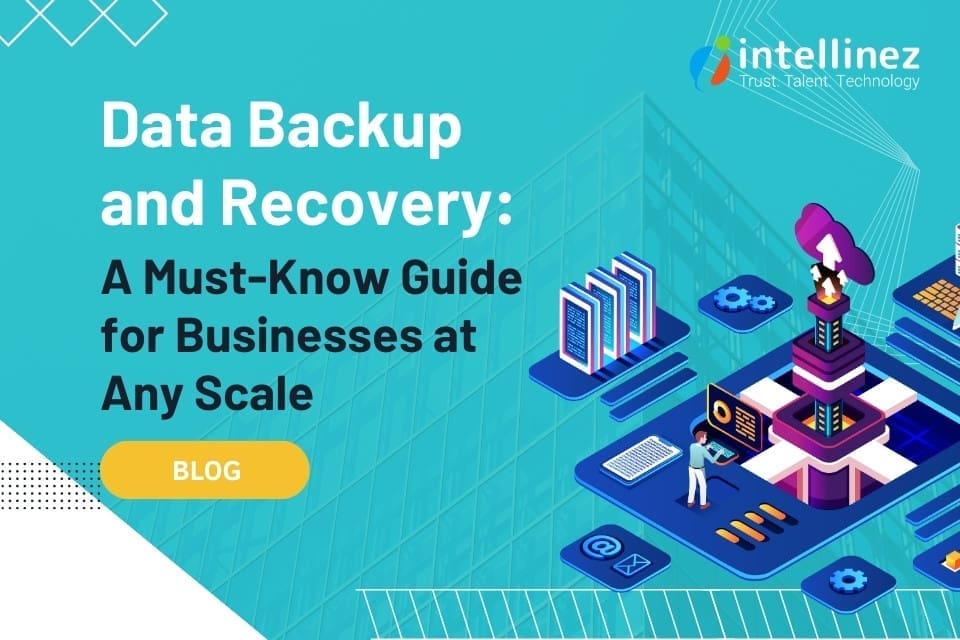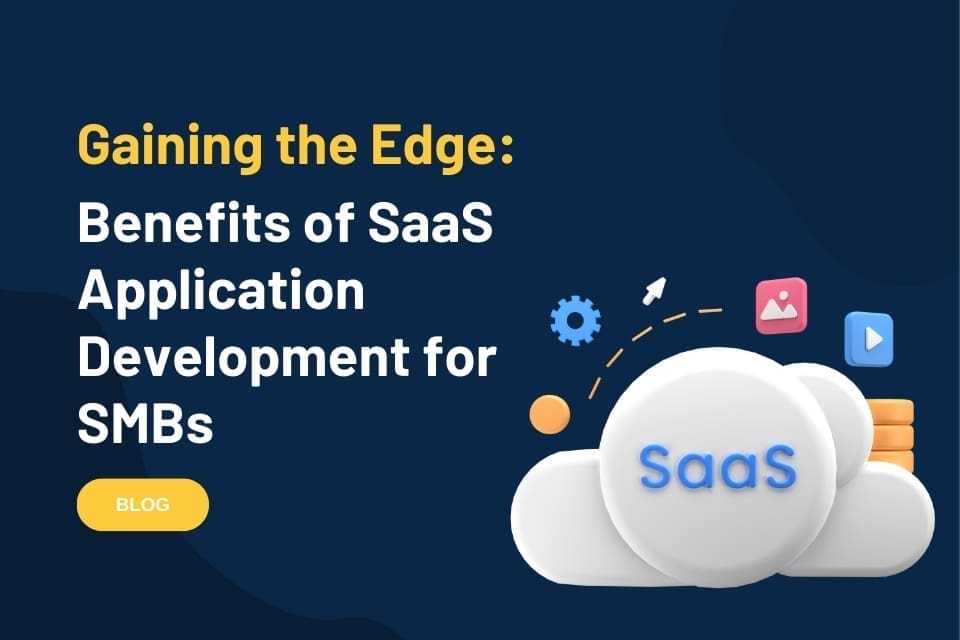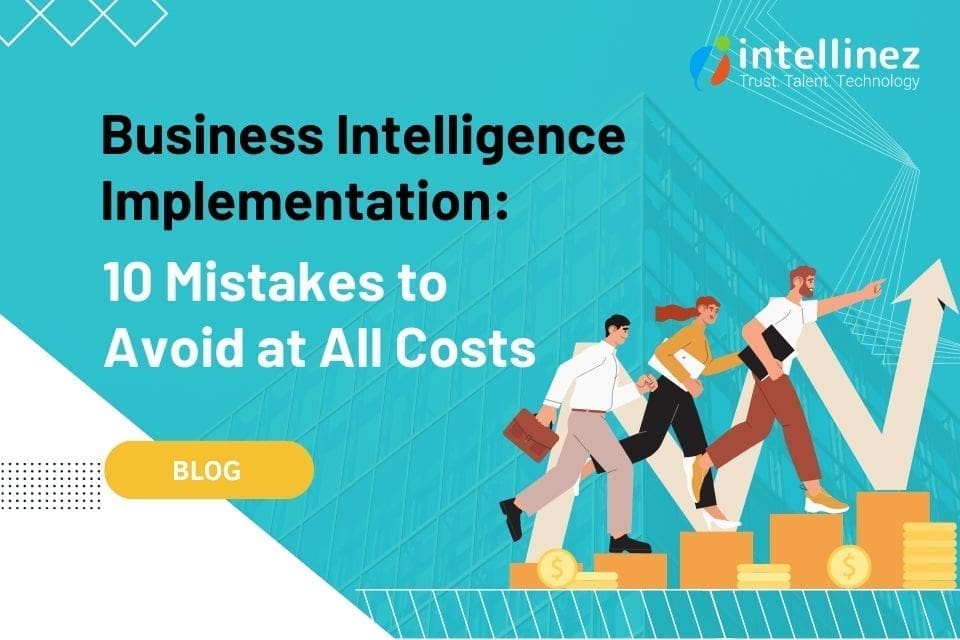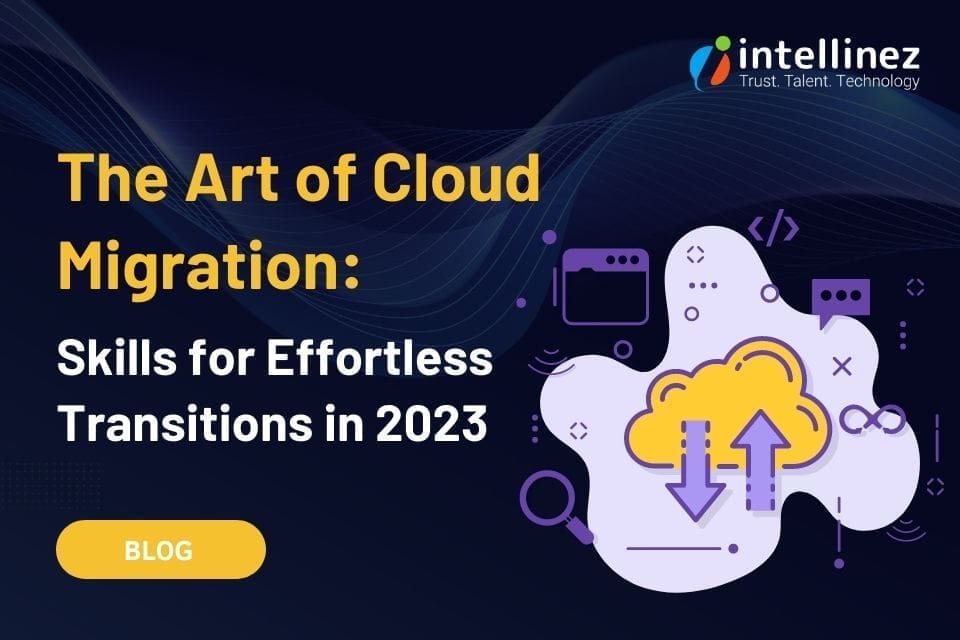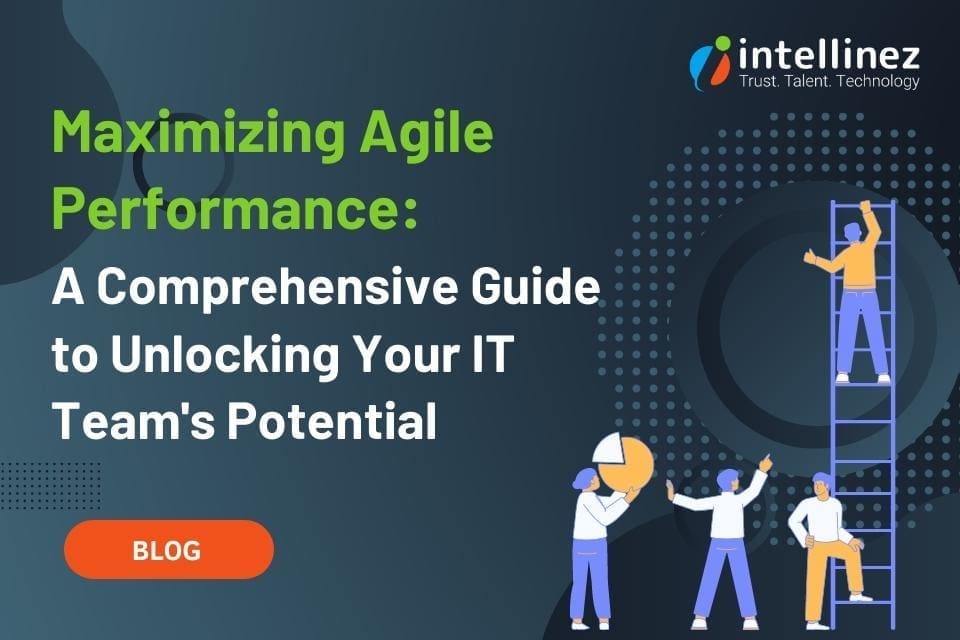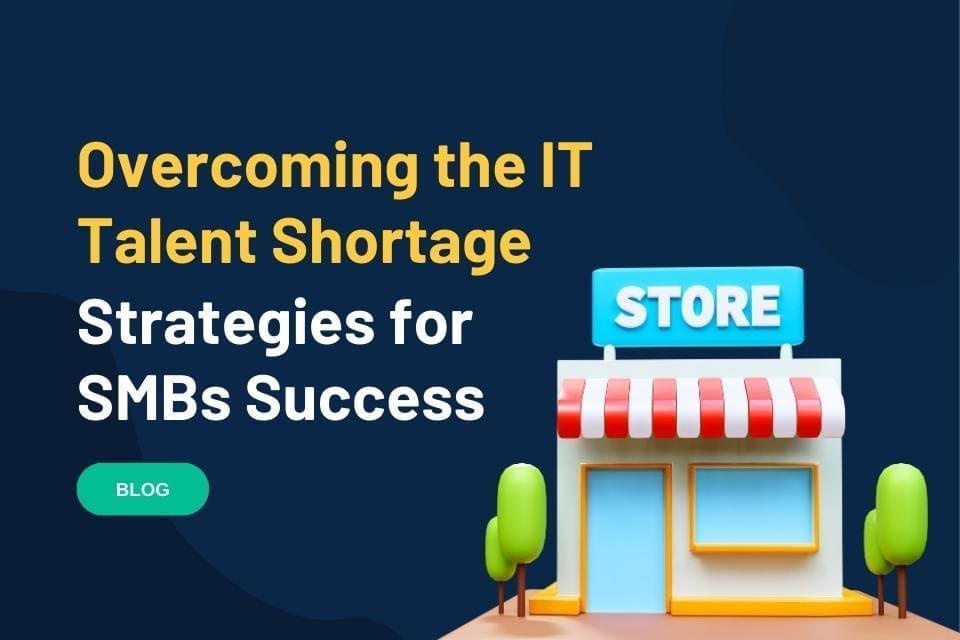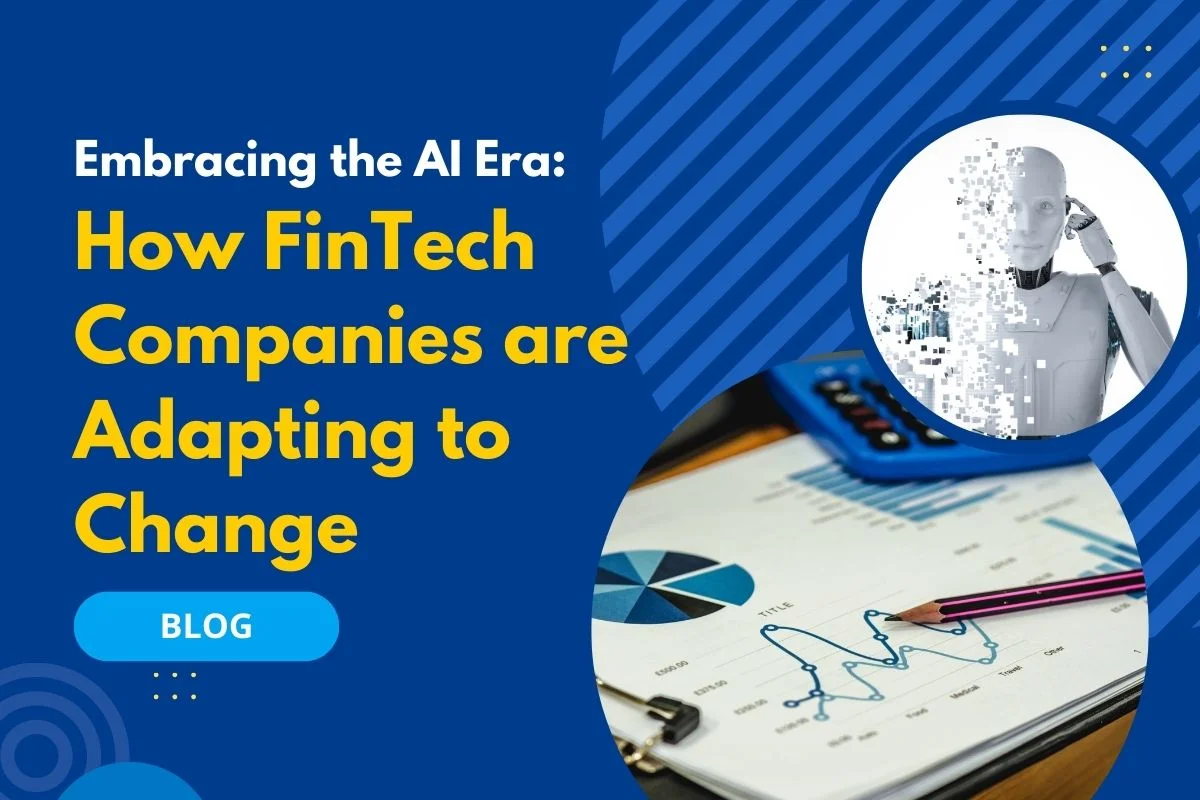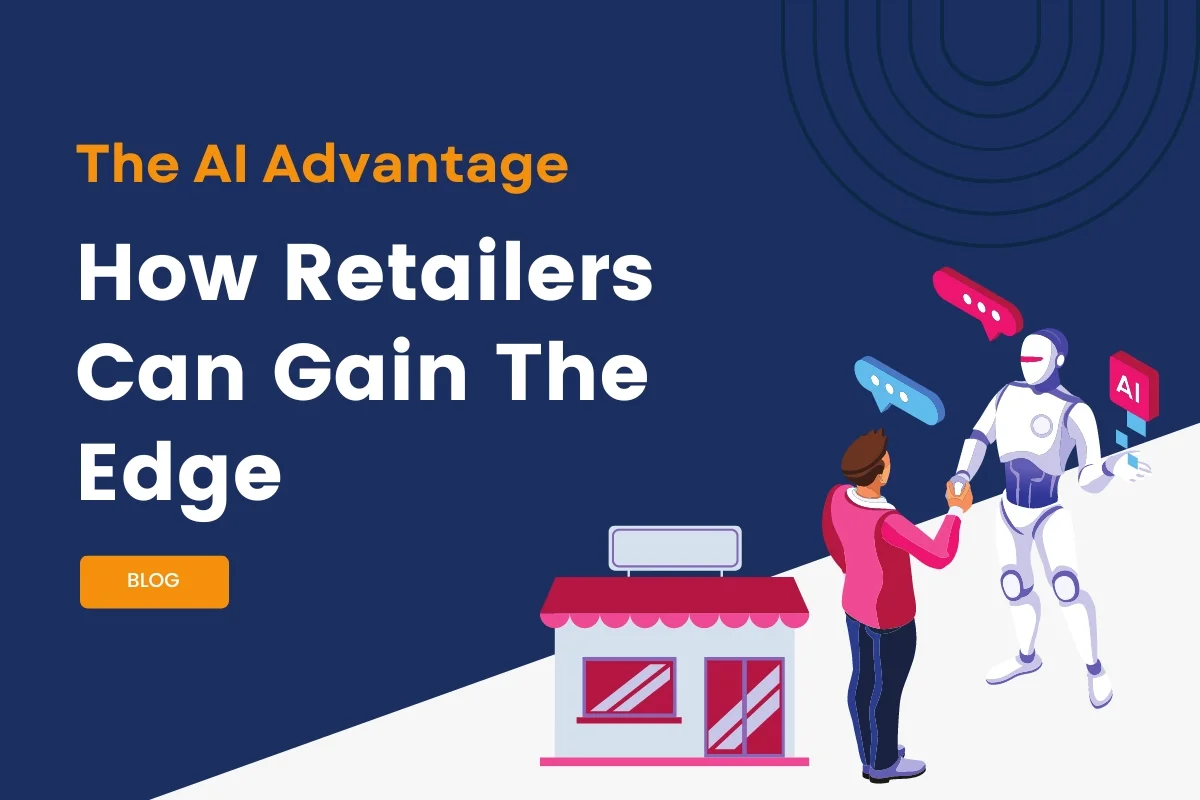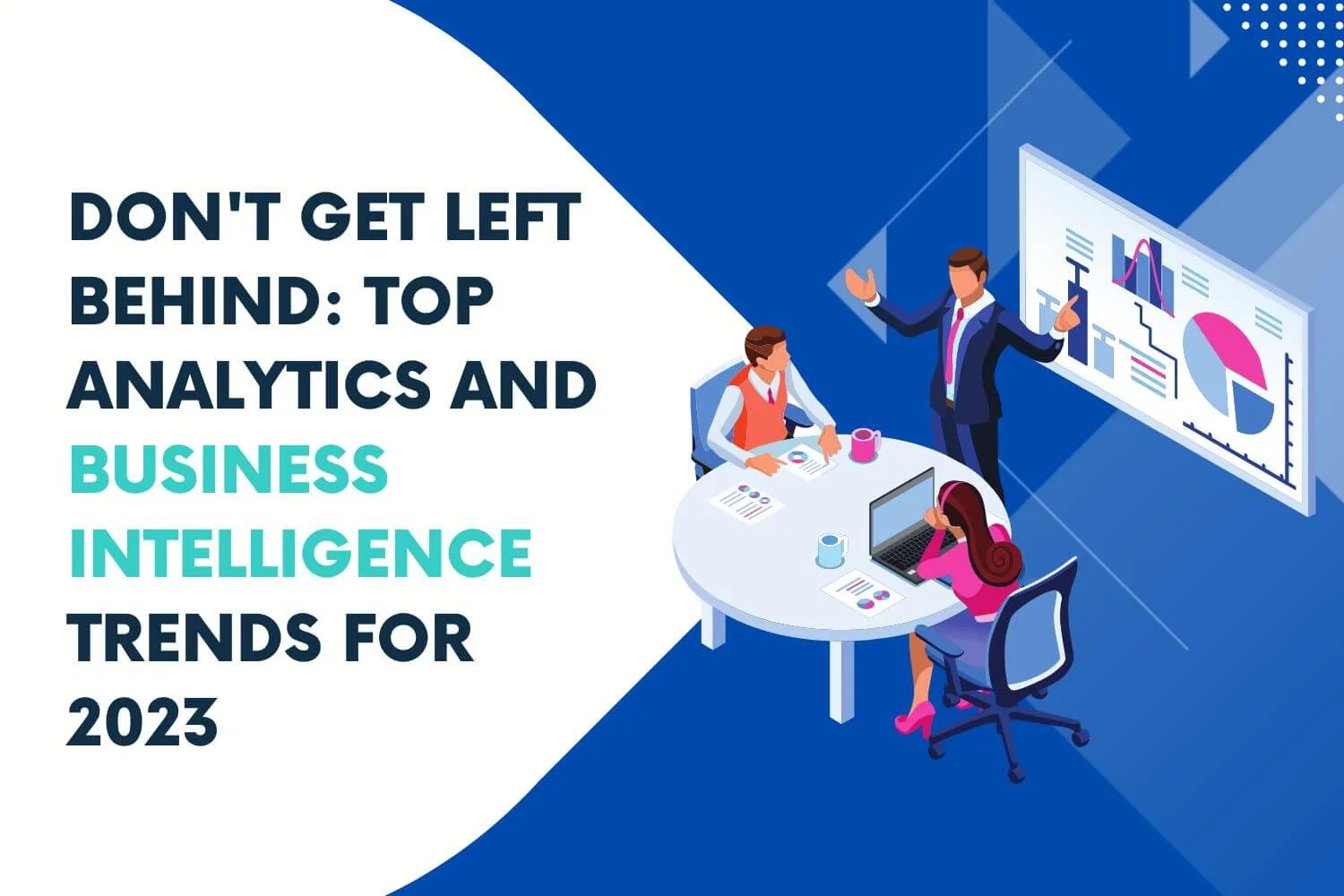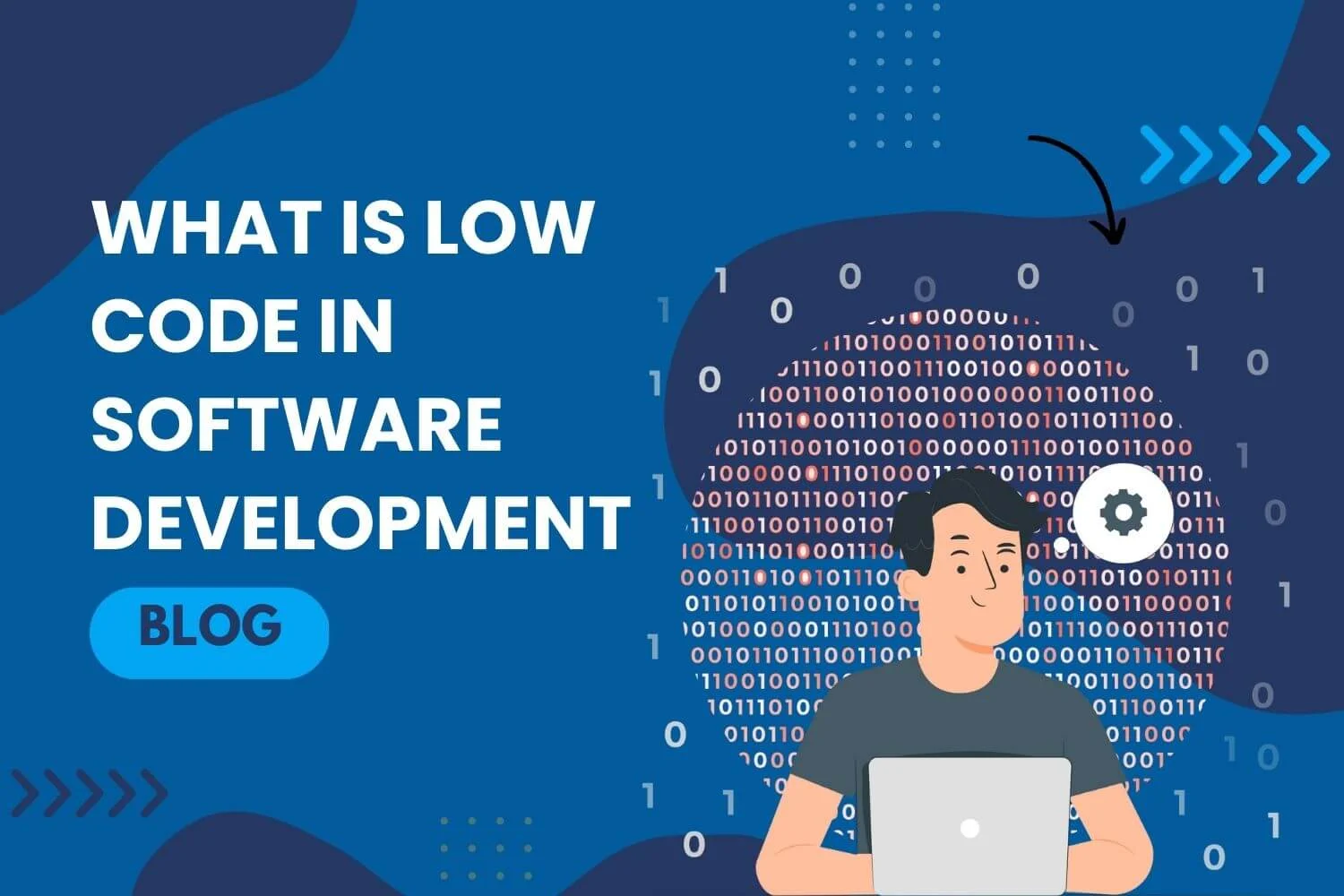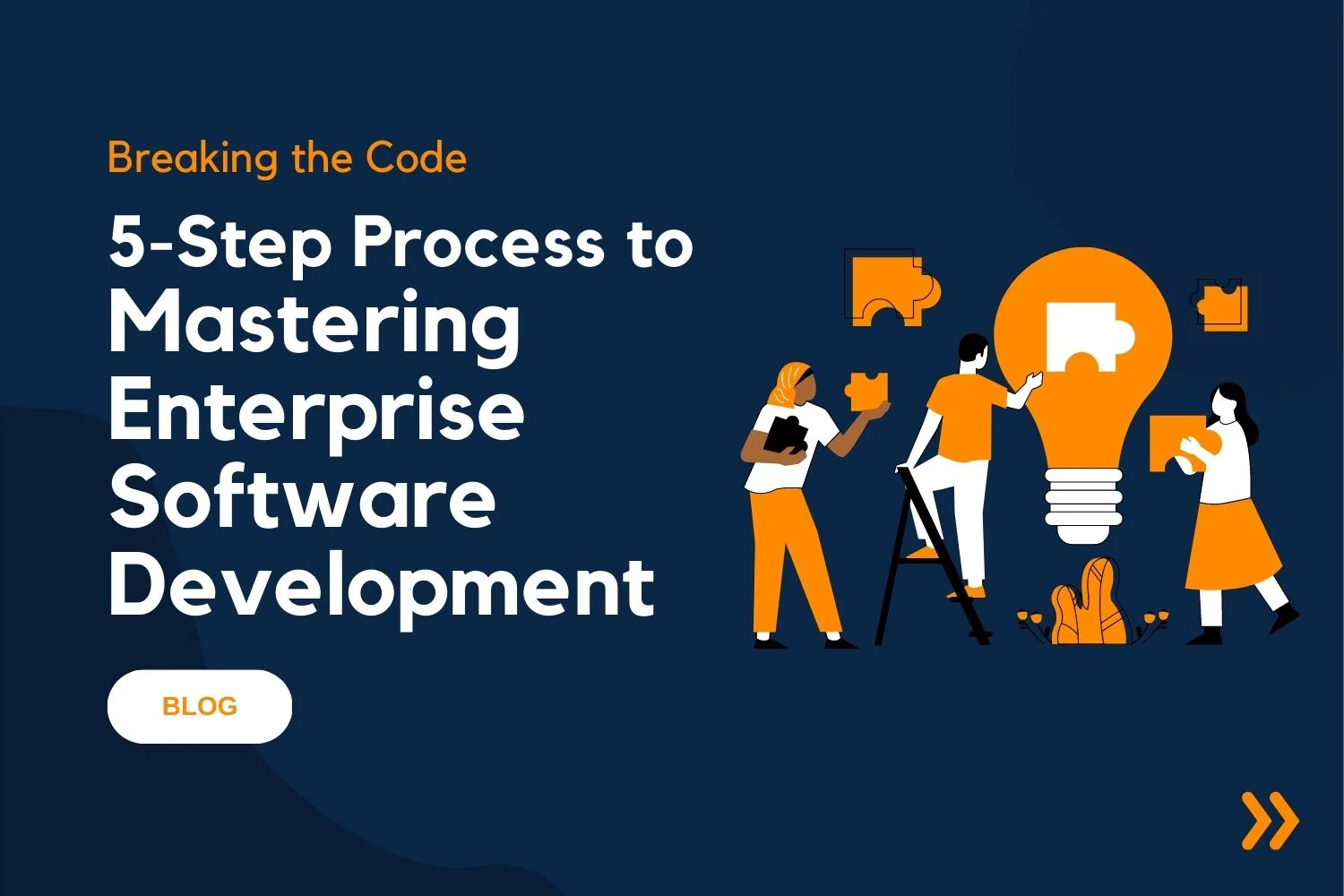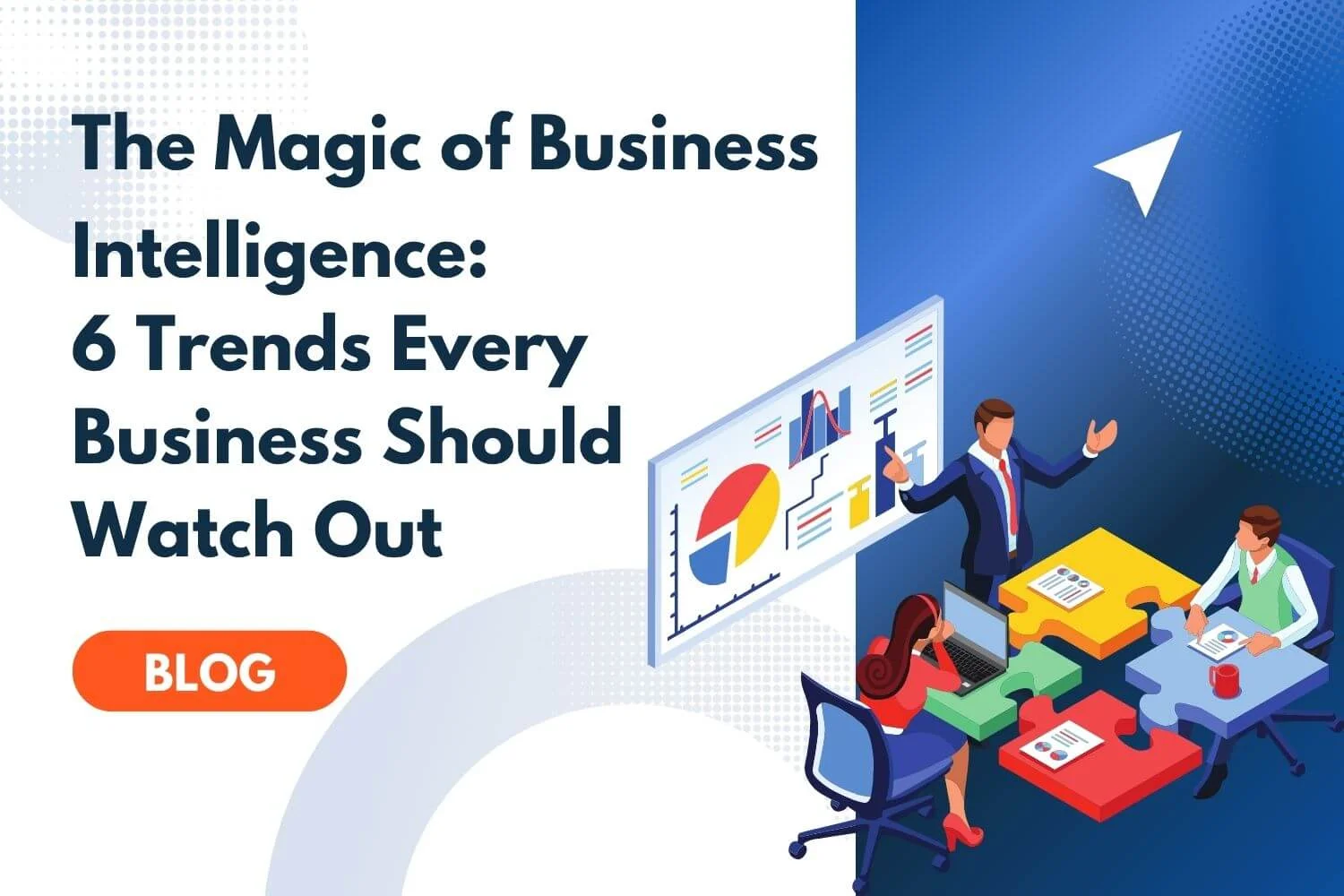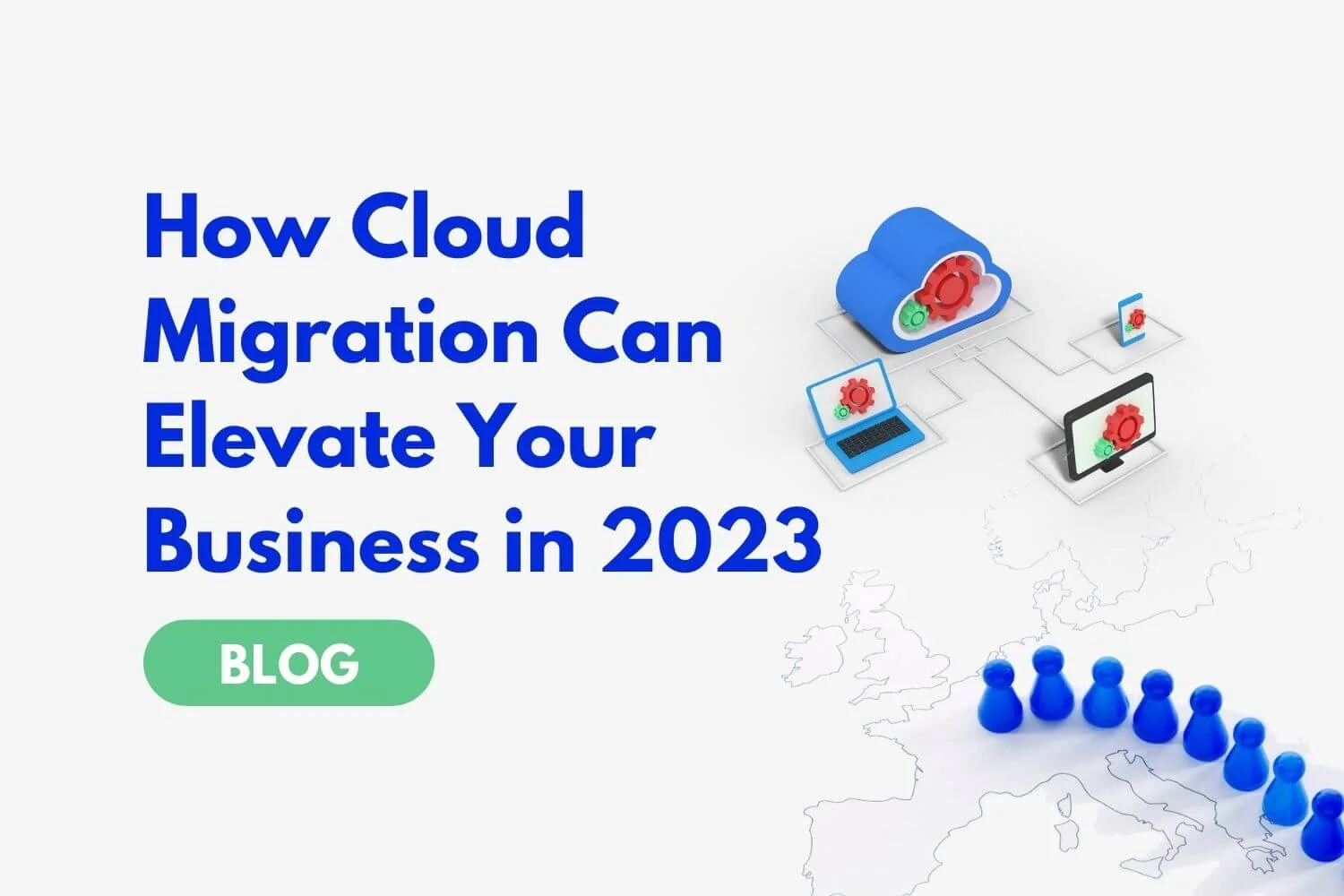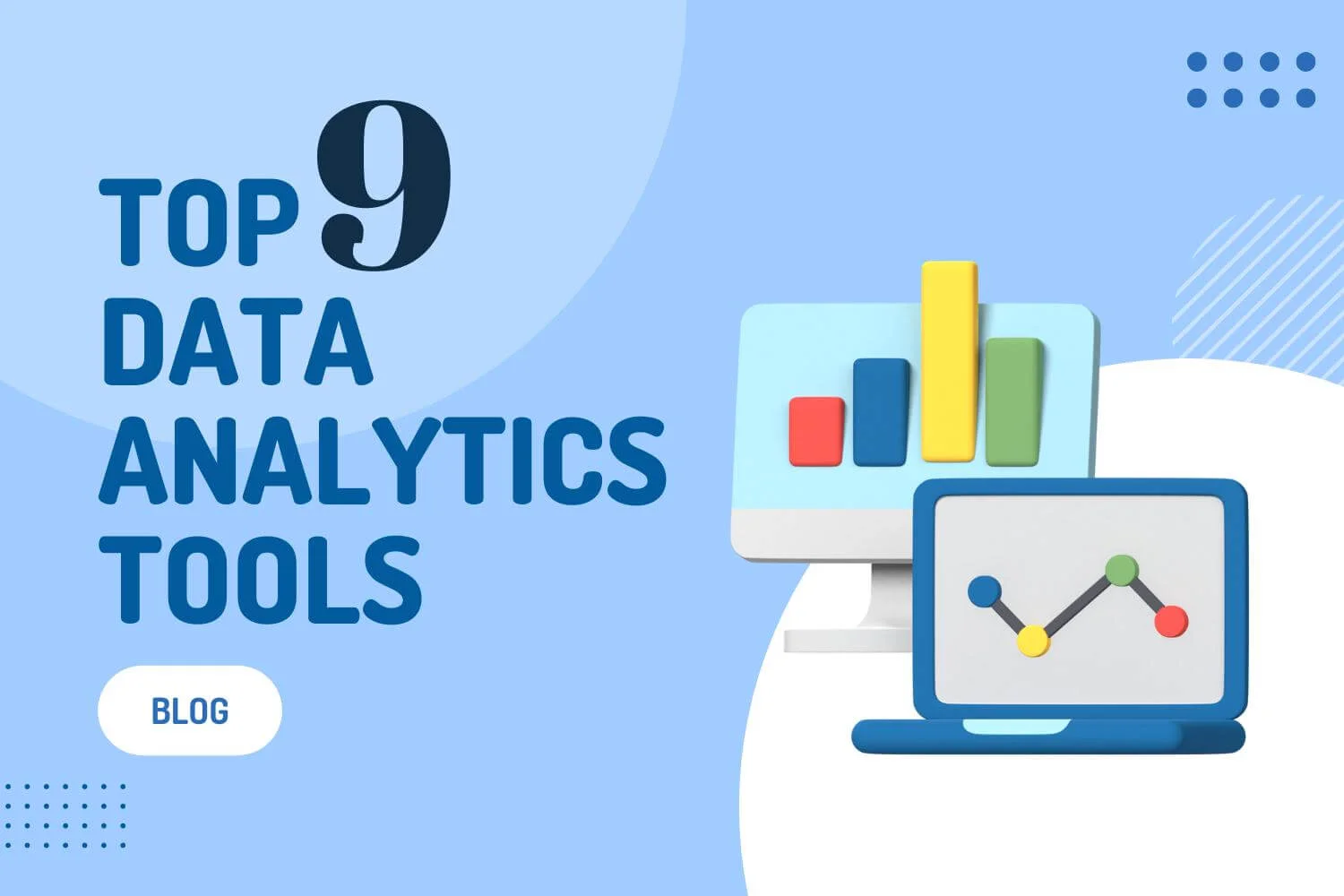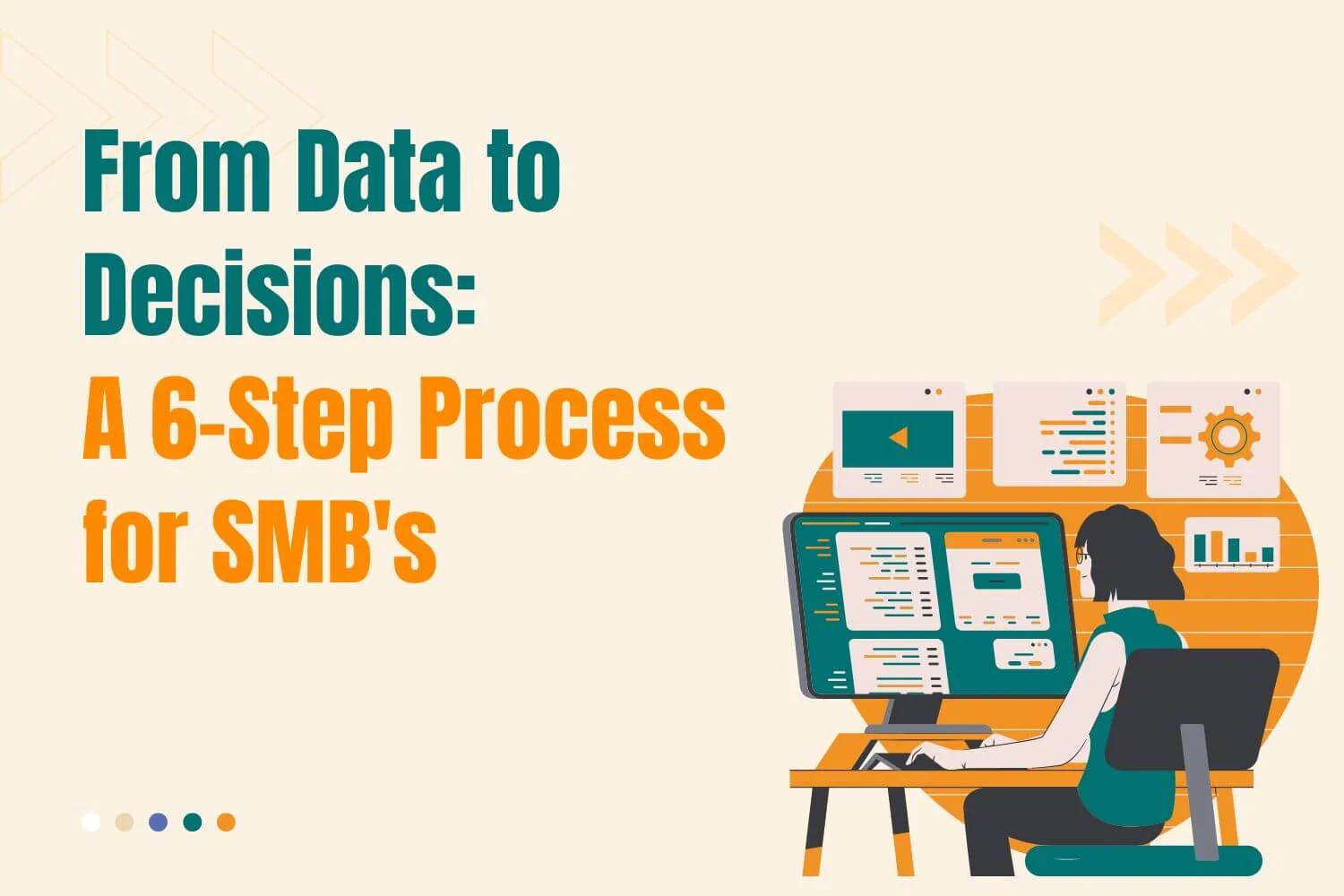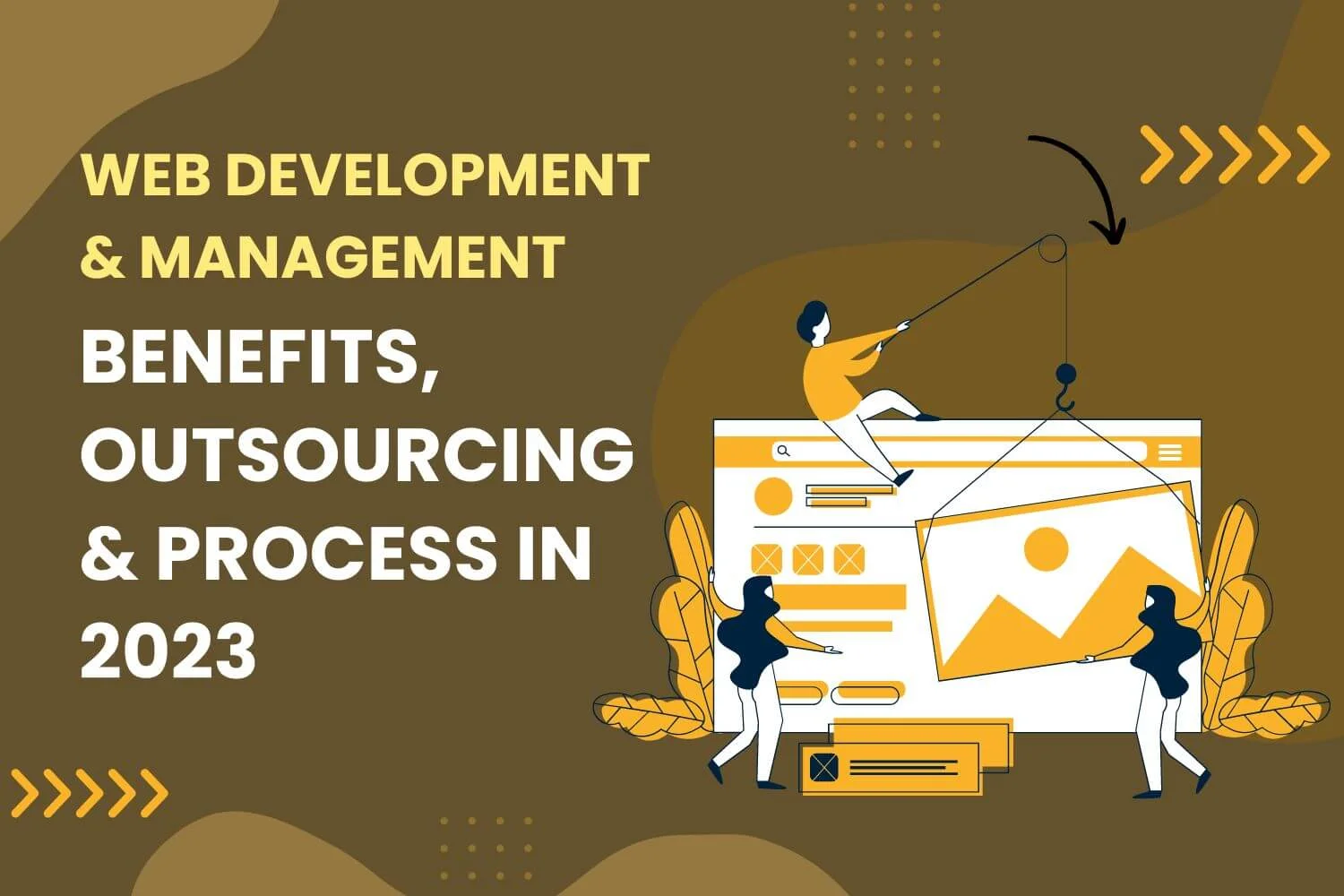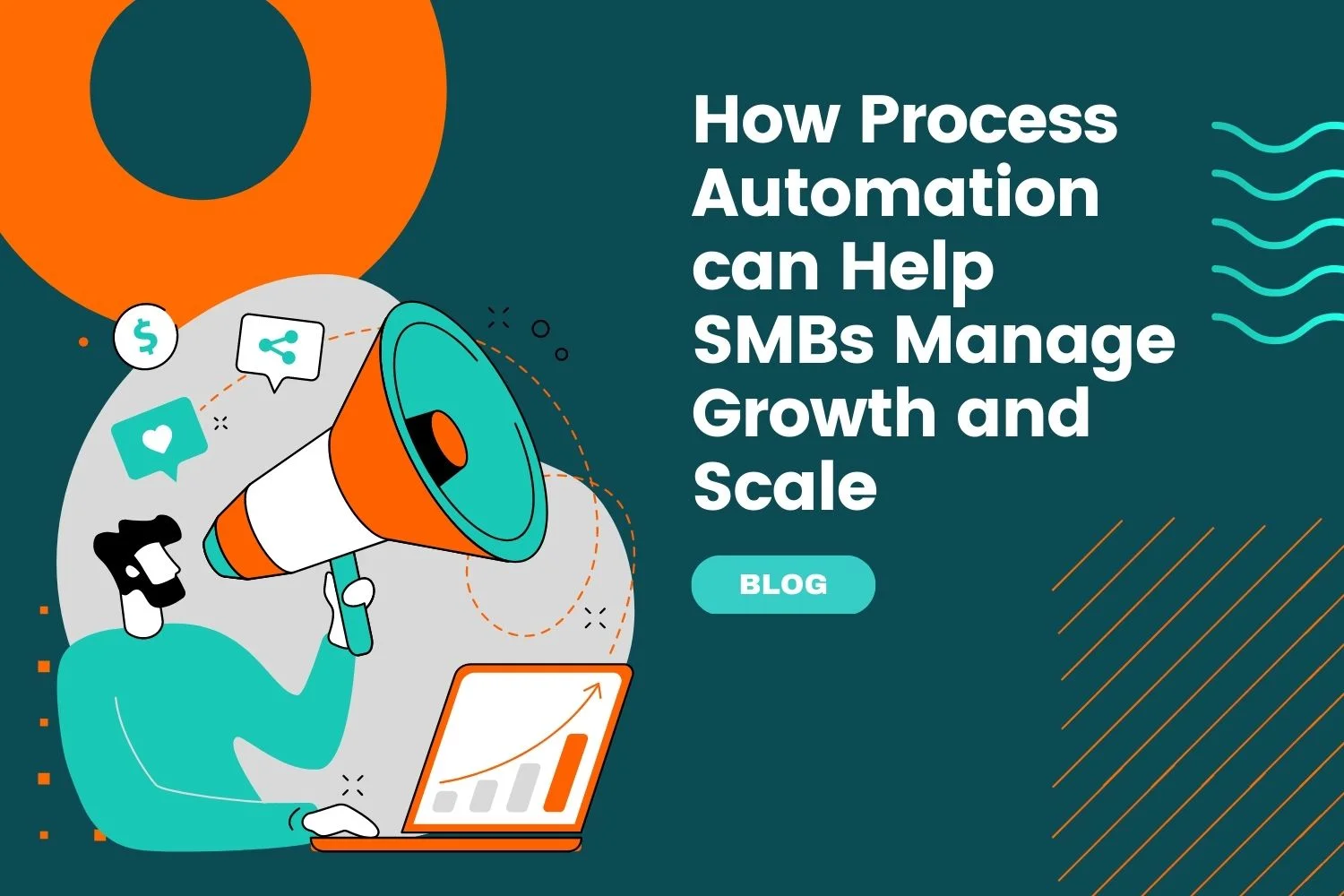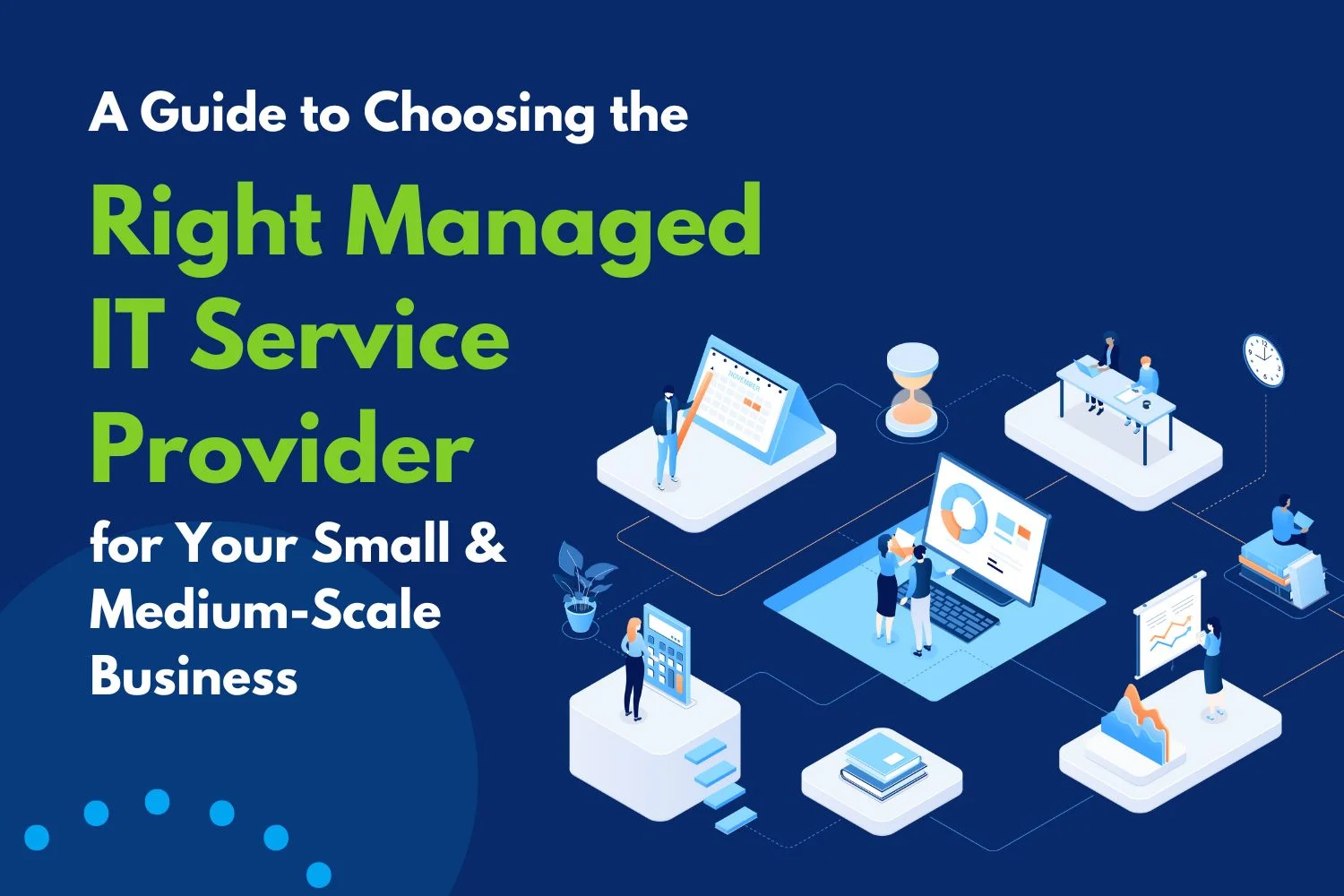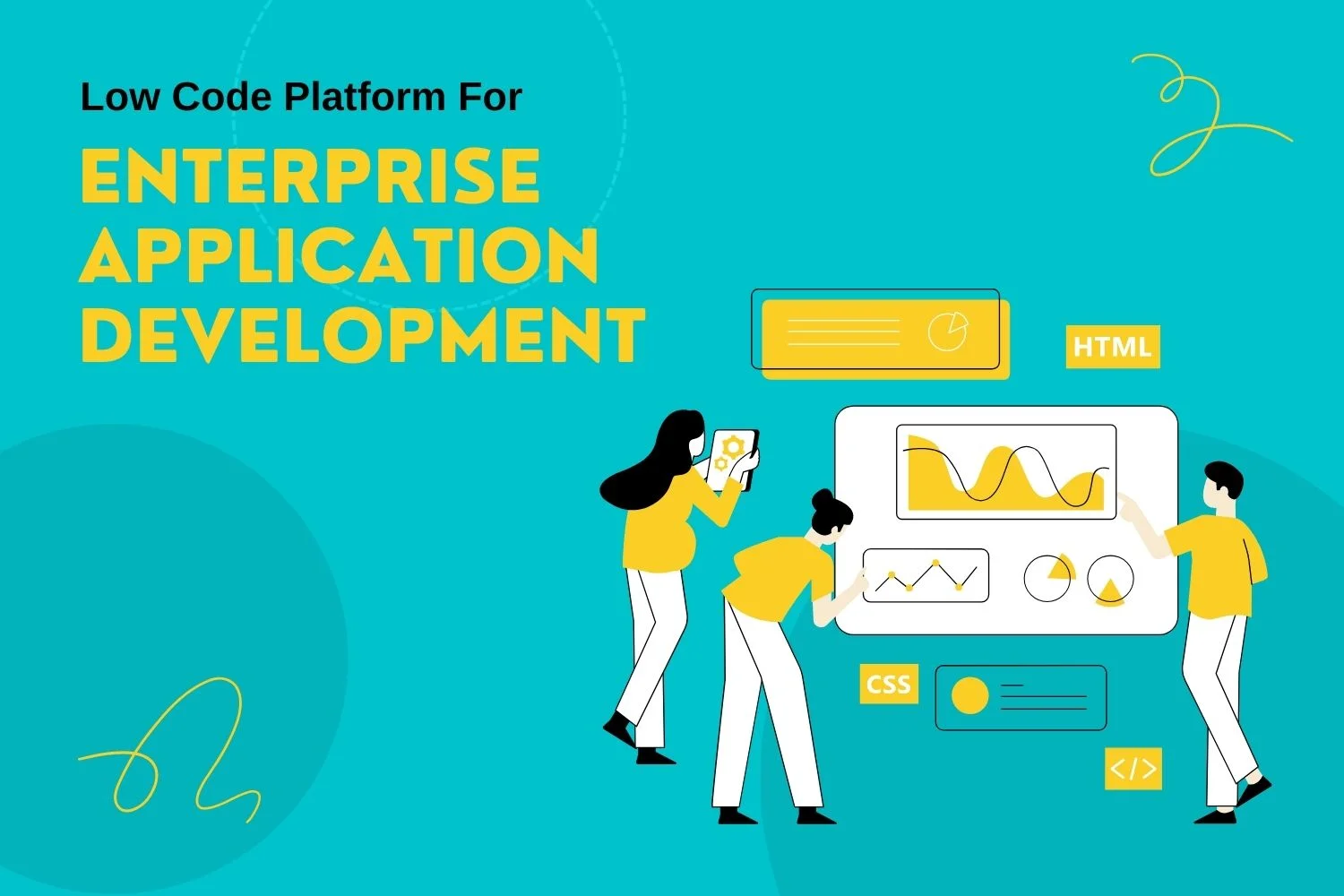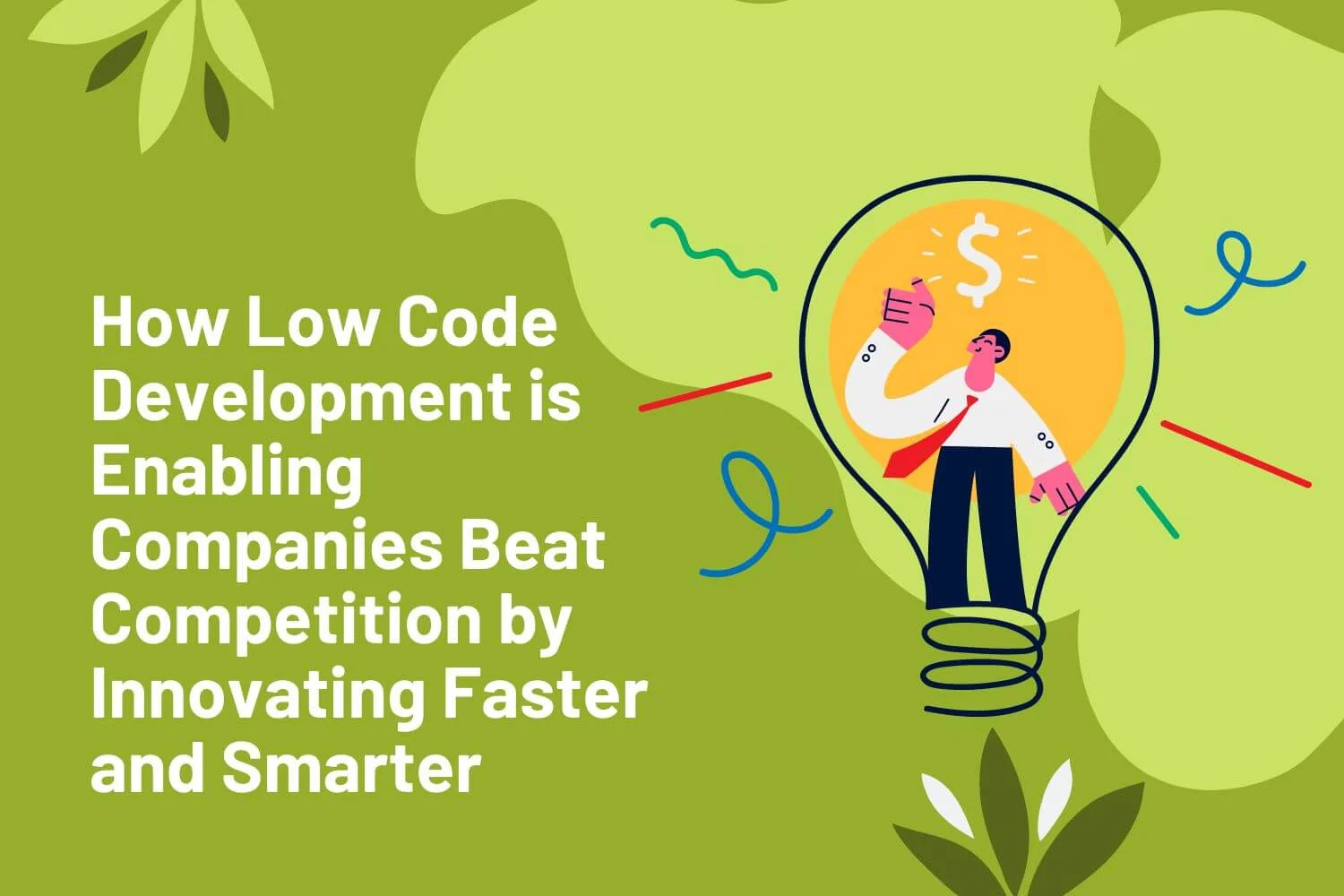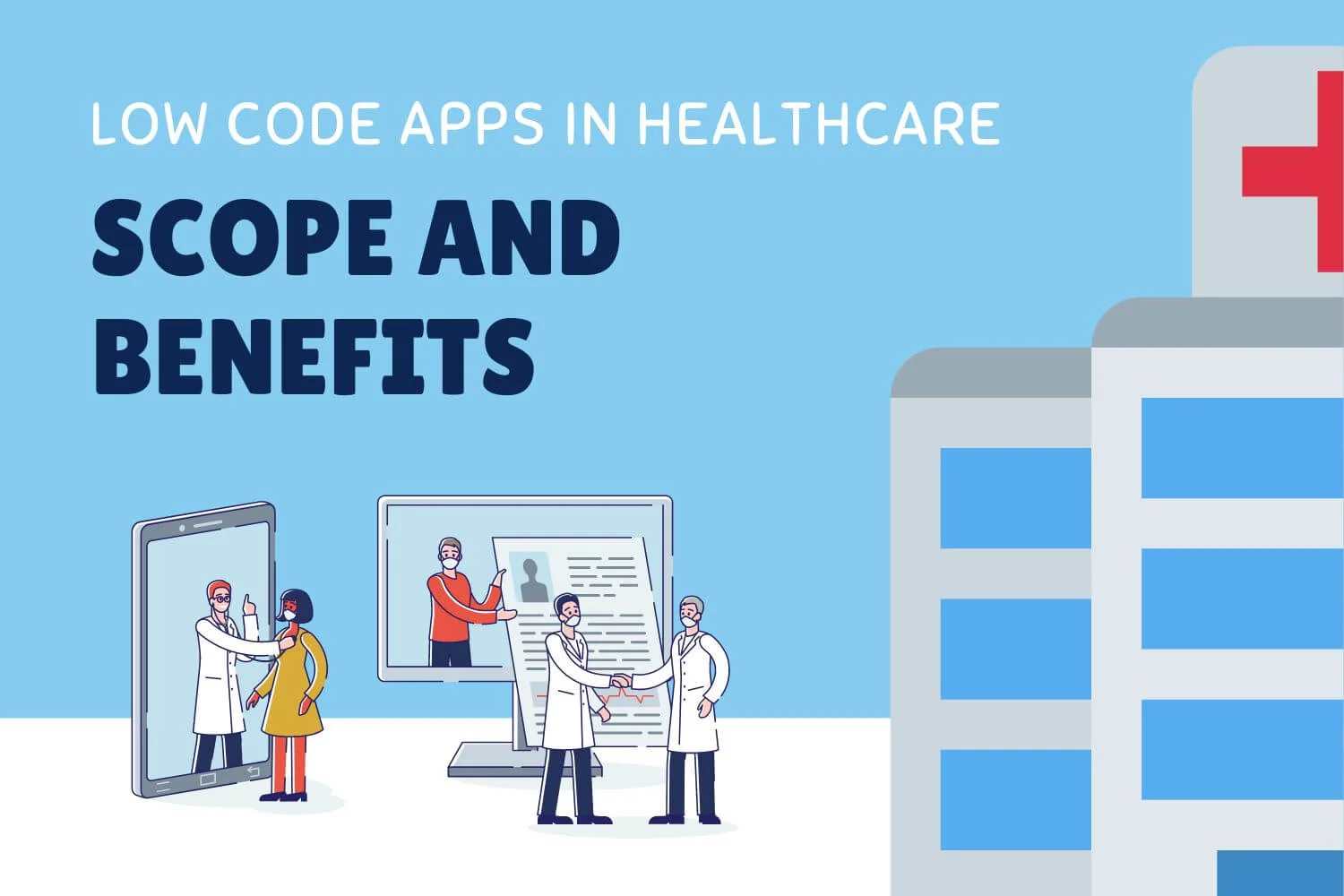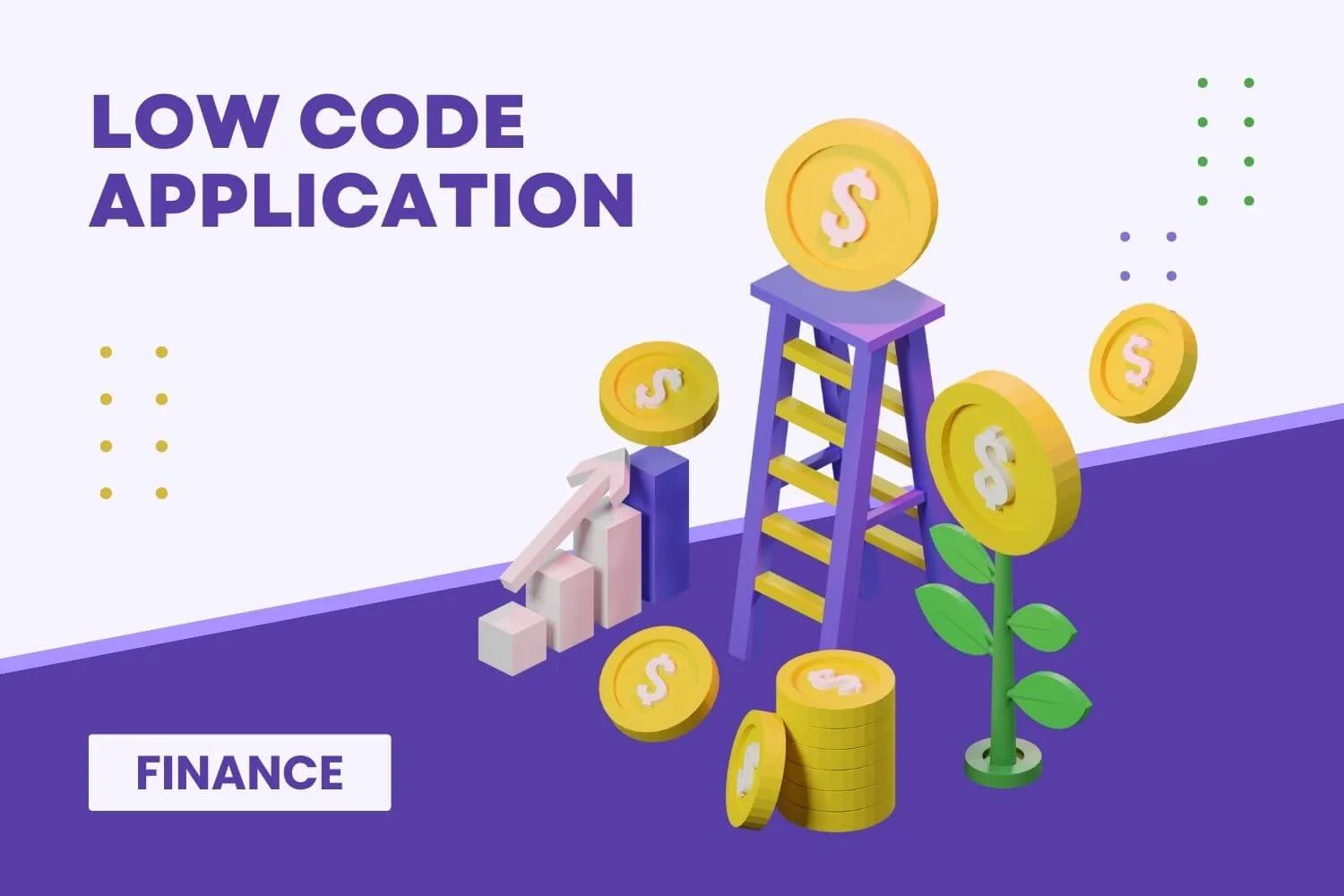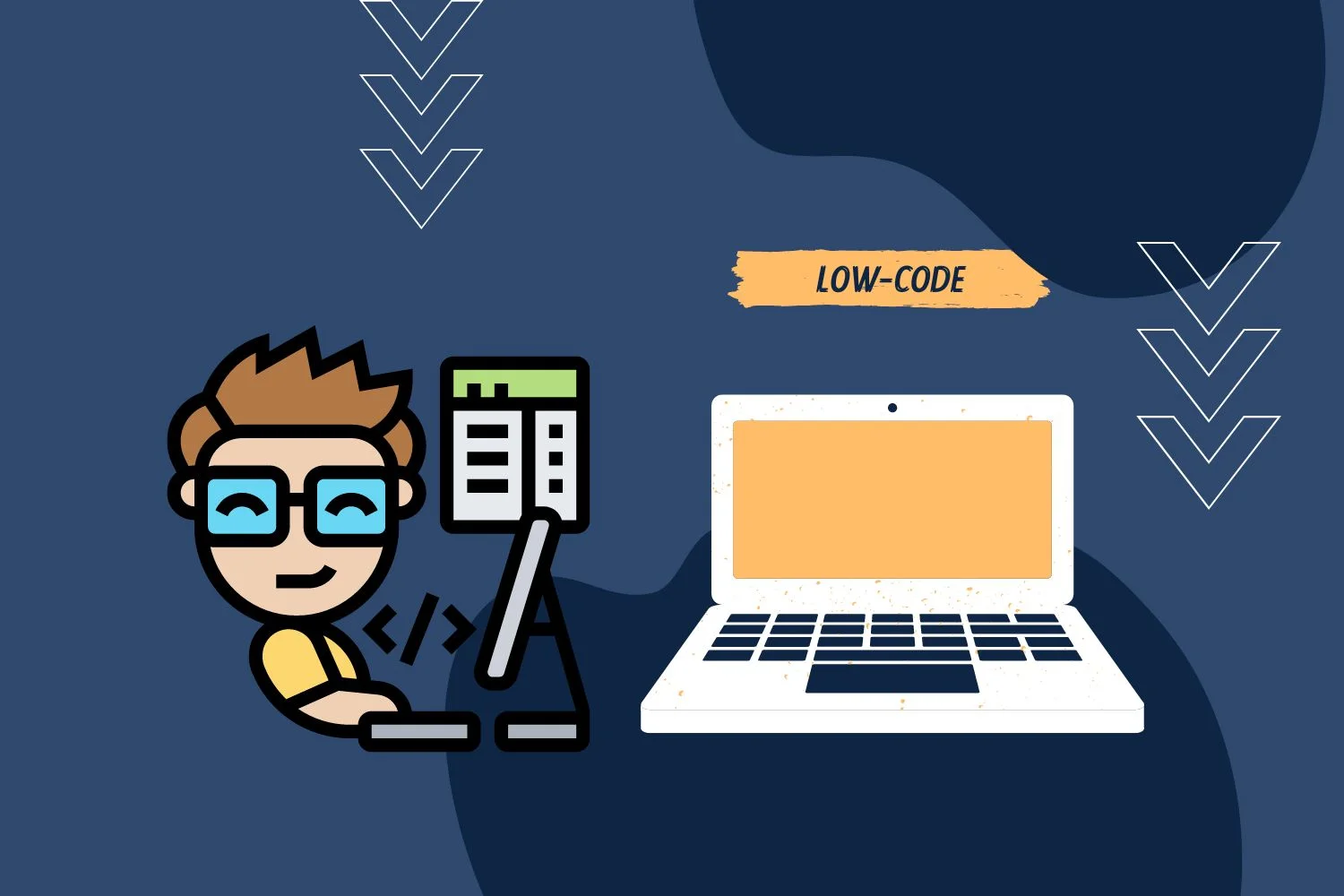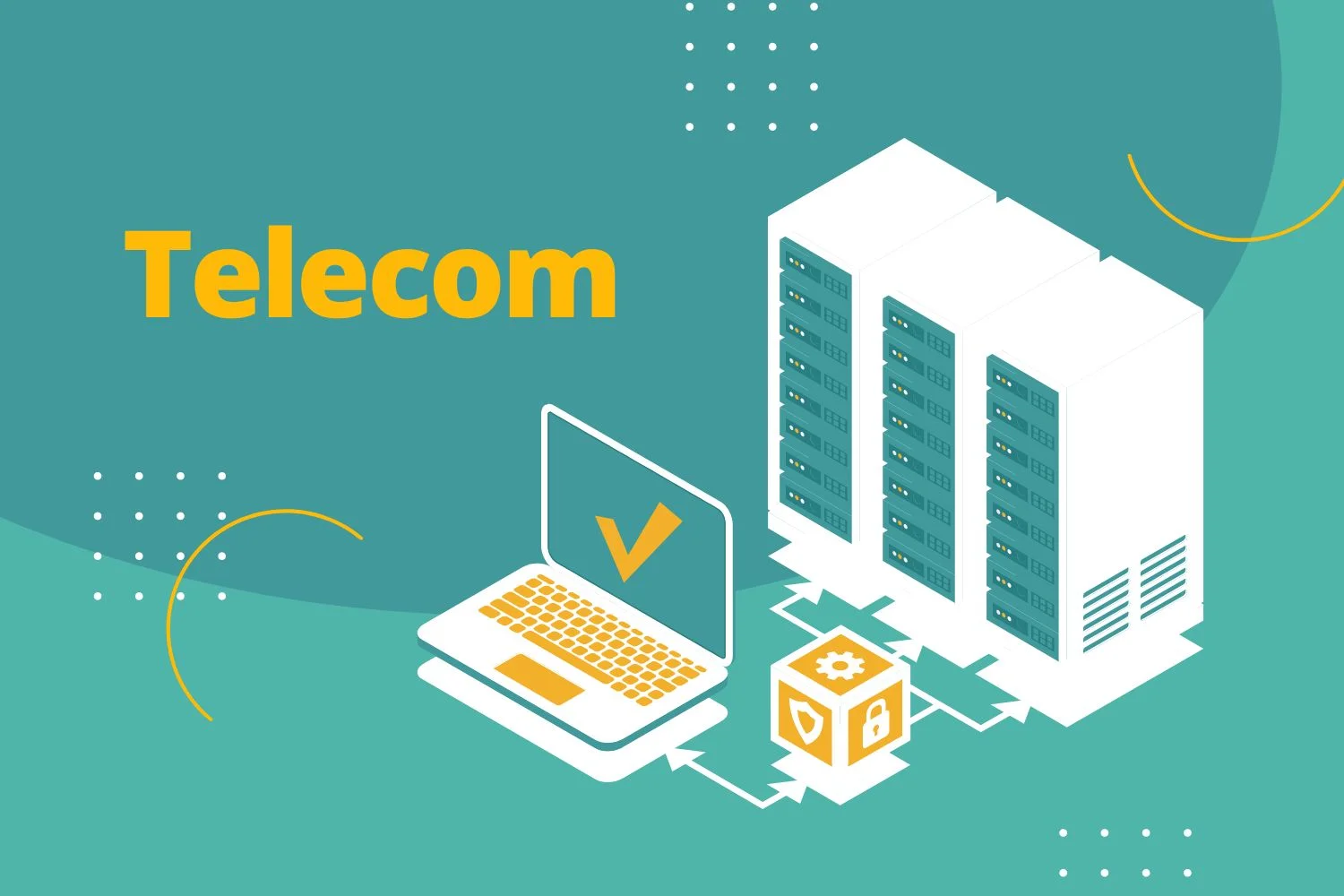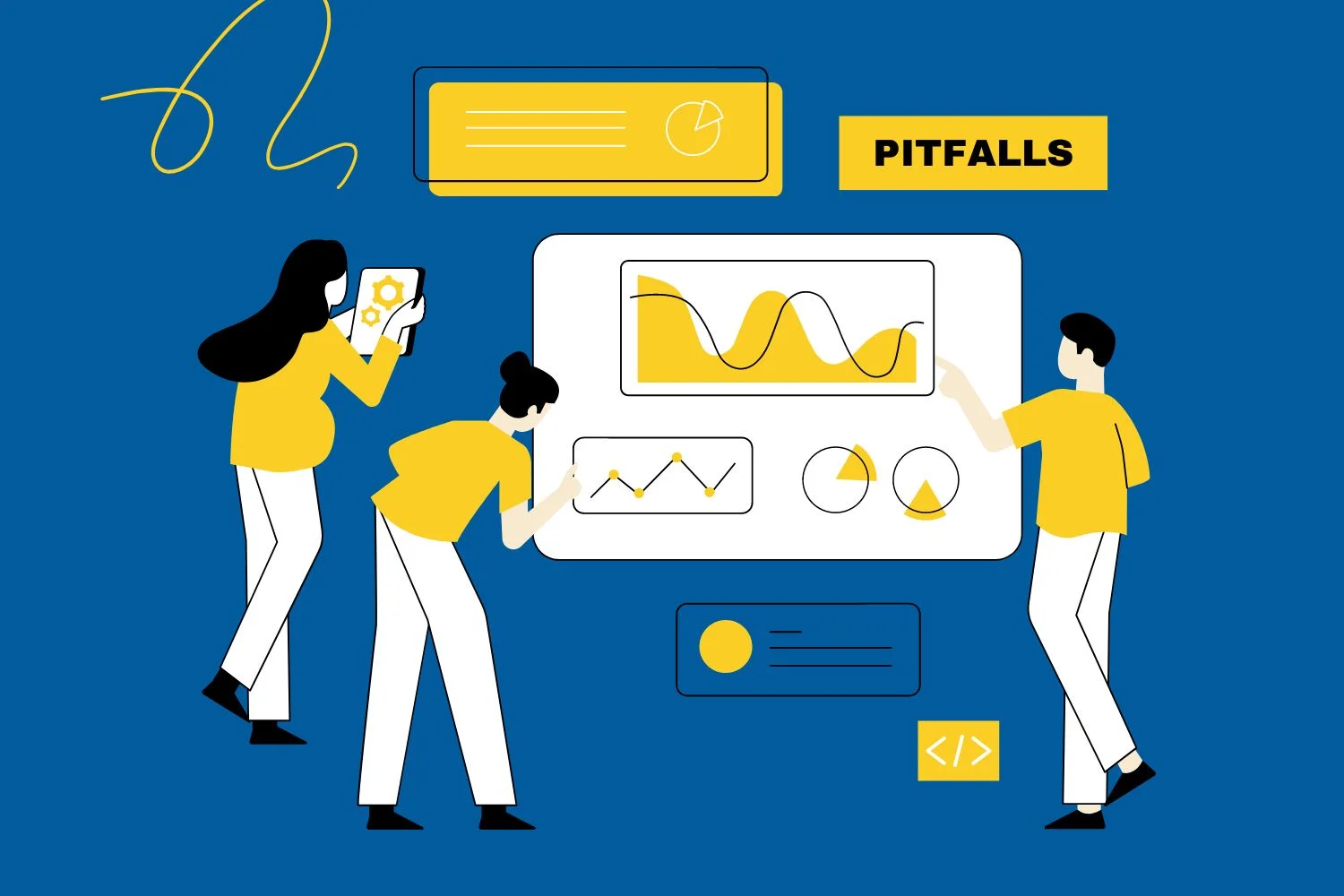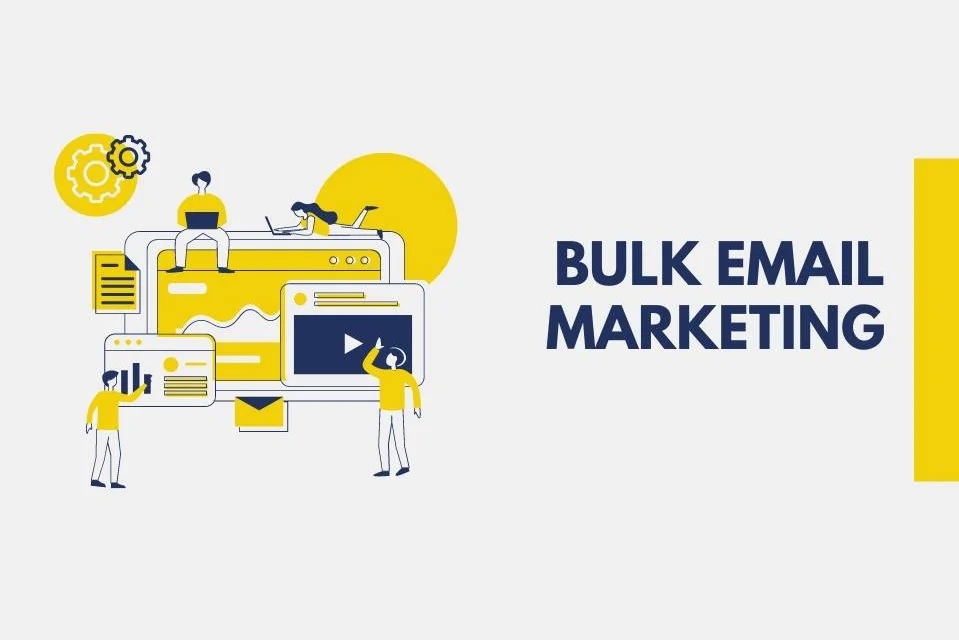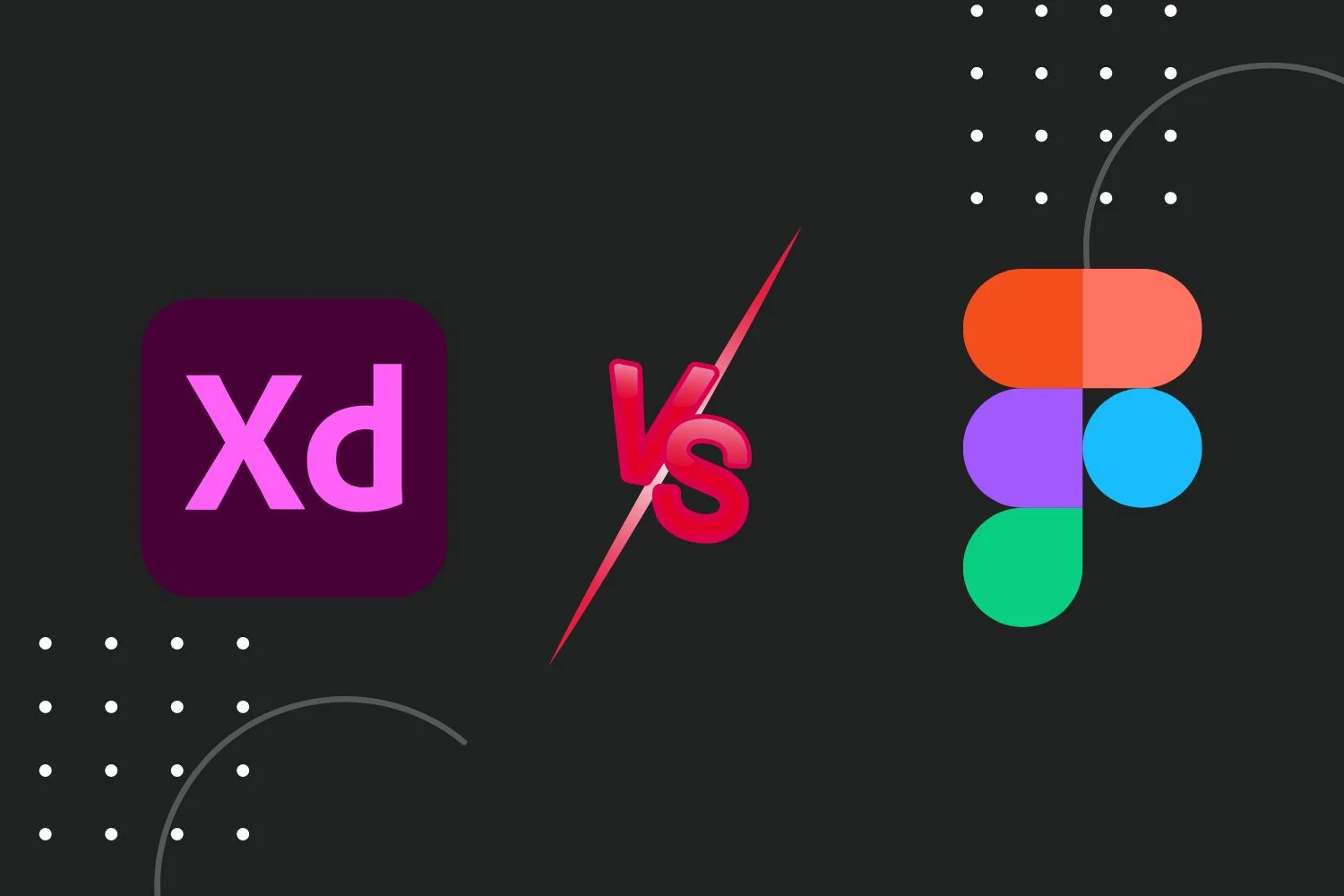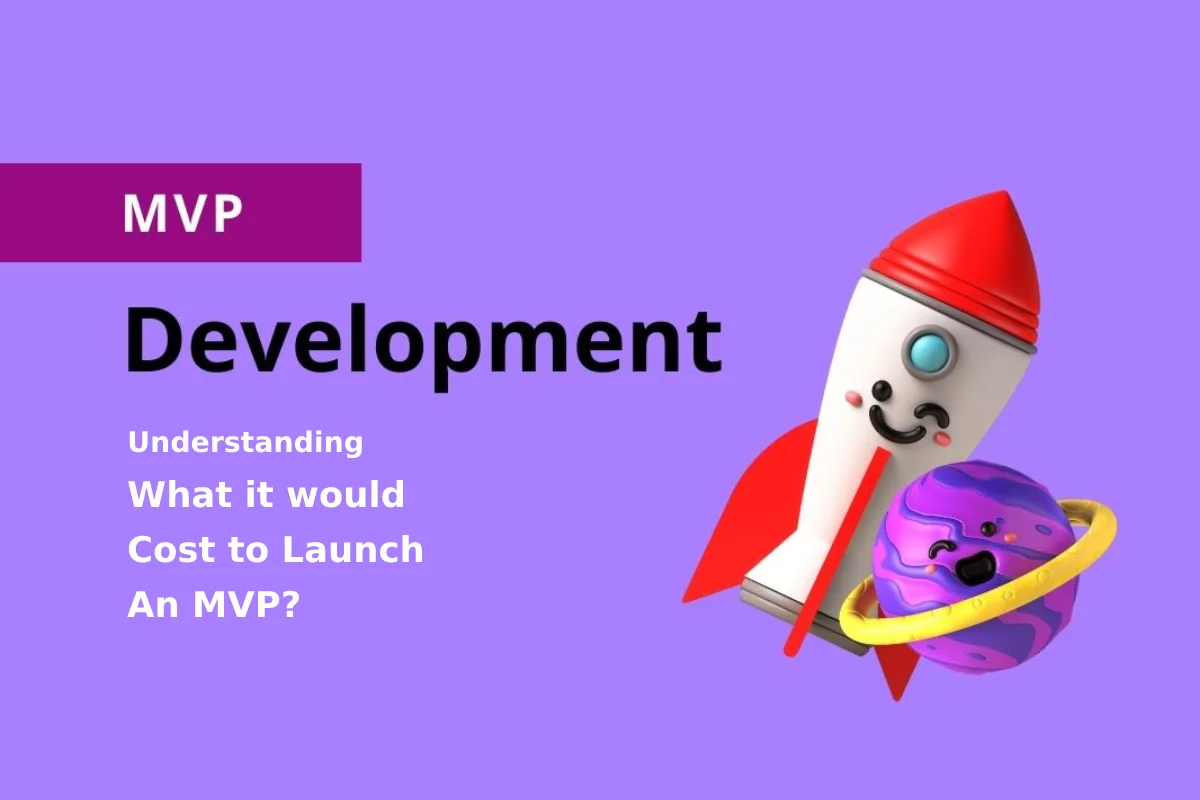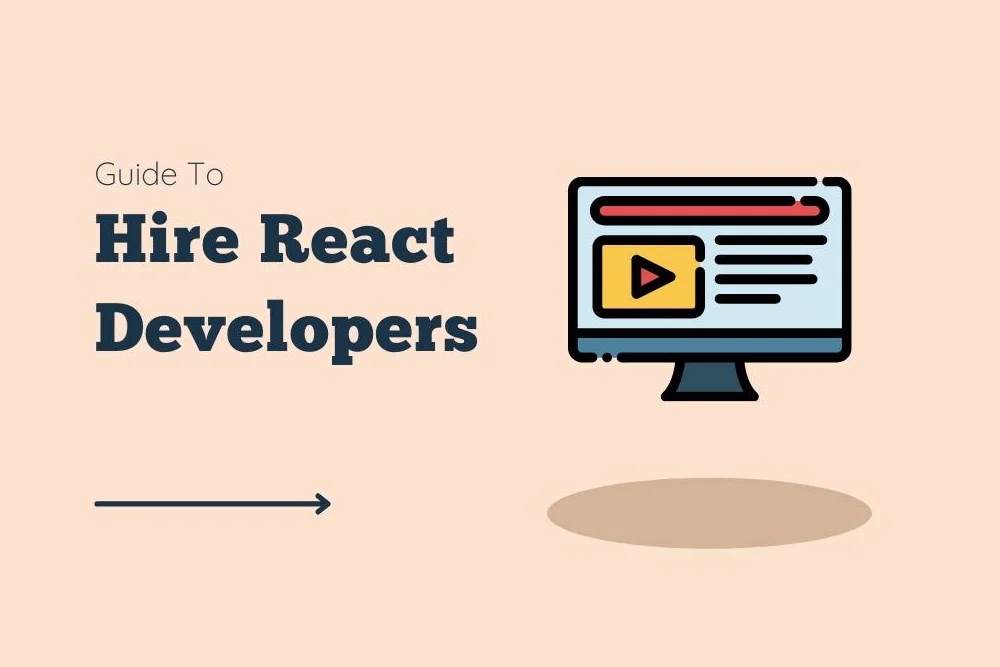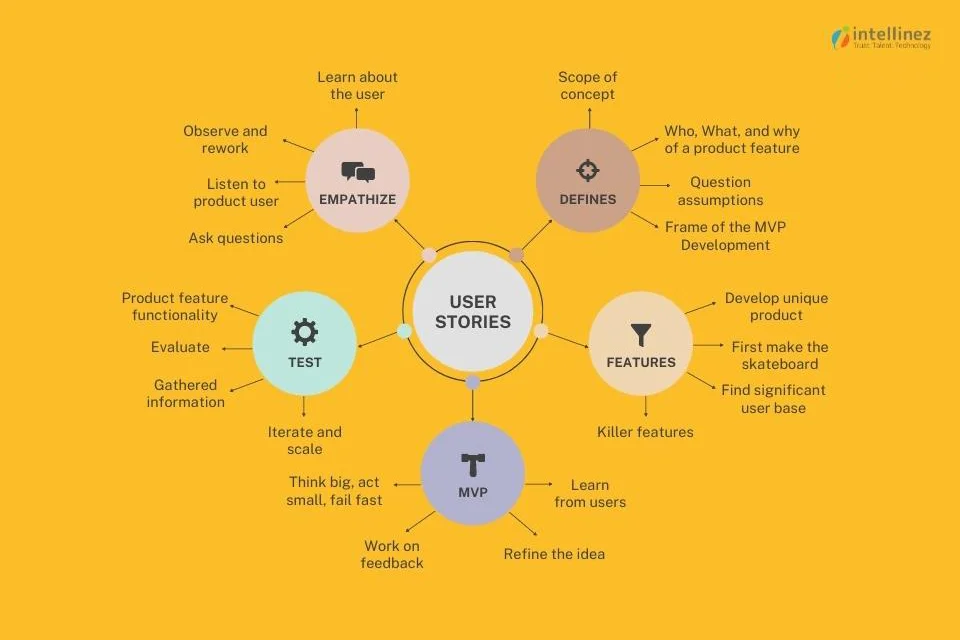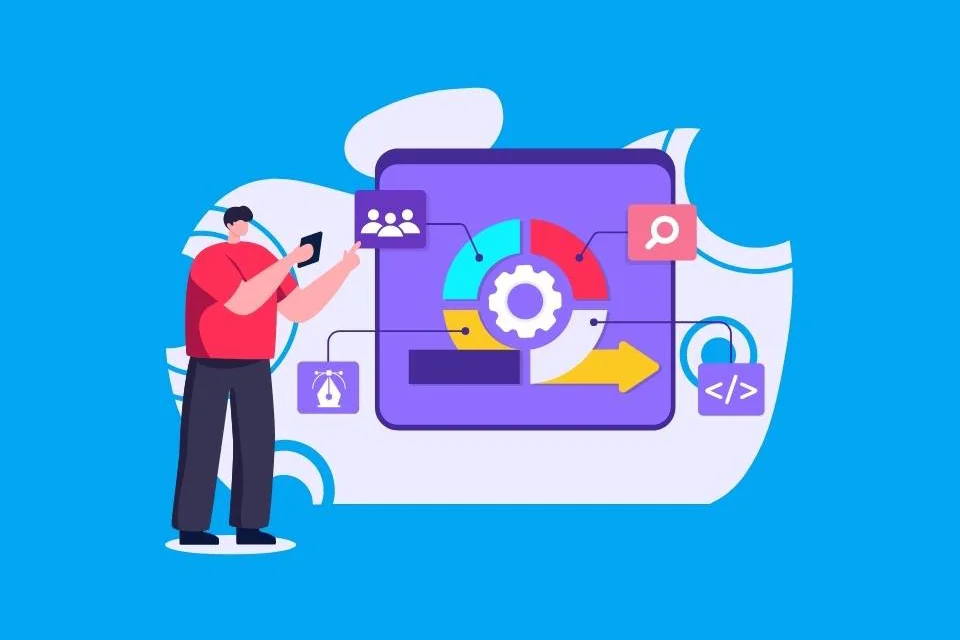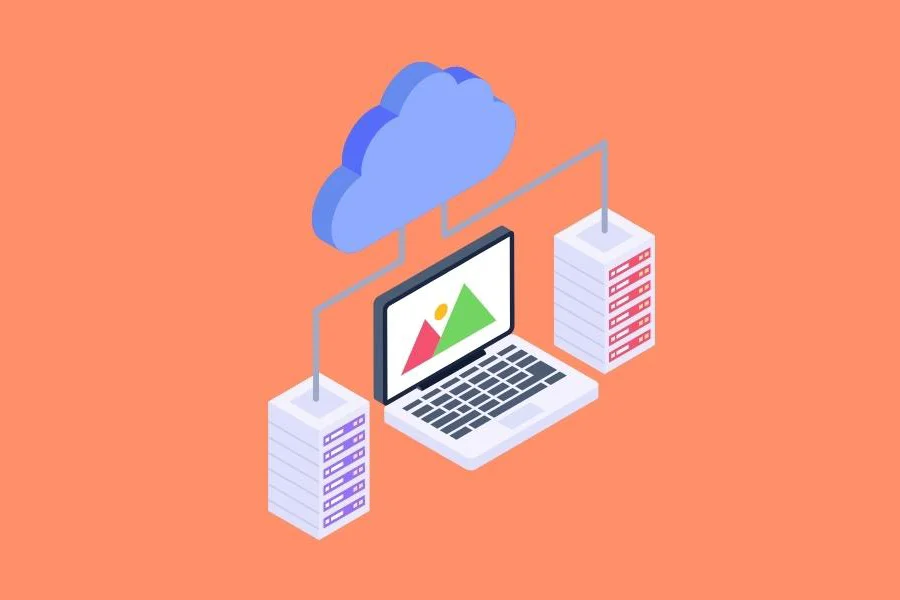- Understanding SaaS Apps
- Benefits Of Creating SaaS Application On AWS
- How To Create A Modern SaaS On AWS
- Step 1: Architecting The Foundation
- Step 2: Embracing Appropriate Technologies
- Step 3: Navigating The Development Phase
- Step 4: Efficient Deployment Strategies
- Step 5: Vigilant Application Monitoring
- Conclusion
In the world of making software, modern apps called Software as a Service (SaaS) have become a big deal. These apps are great because they’re easy to access, can handle lots of users, and don’t need much upkeep. This blog is all about showing you the important steps to create a successful SaaS App, especially using Amazon Web Services (AWS) to help.
Understanding SaaS Apps
Before we dive in, let’s understand what a SaaS App is. It’s like a special kind of software you can use on the internet without needing to install anything. SaaS Apps do lots of different things, and they can work for many people at the same time. They’re built to keep each person’s stuff separate and personal.
Benefits of Creating SaaS Application on AWS
When you want to make a SaaS App, choosing the right tools is super important. AWS is like a big toolbox for making apps on the internet, and it’s really good. It has lots of tools to help with everything from planning how your app works to putting it on the internet, watching how it does, and making it bigger when more people start using it. AWS is known for being really reliable and safe, which is exactly what you want for your app.
In the subsequent parts of this blog, we’ll go through each step to make your own modern SaaS App using AWS. We’ll learn about making the different parts, keeping it safe, and making sure it works well for everyone who uses it.
How To Create A Modern SaaS On AWS
Step 1: Architecting the Foundation
Creating a modern SaaS on AWS begins with the crucial step of designing the architecture. This foundational phase lays the groundwork for the application’s functionality, scalability, security, and overall efficiency. Each architectural aspect plays a pivotal role in ensuring the success of your SaaS application.
Microservices Architecture
Incorporating a microservices architecture involves breaking down the SaaS application into smaller, specialized components known as microservices. Each microservice is responsible for a distinct function or feature. This approach promotes modularity and agility in development.
Communication between microservices is facilitated through well-defined APIs, enabling seamless interaction. Independent deployment of microservices allows for rapid updates, as changes can be made to specific components without affecting the entire application. Containerization, often implemented with tools like Docker, ensures consistent deployment across various environments.
Multi-tenant Architecture
A multi-tenant architecture is essential for serving multiple customers or tenants within a single instance of the application. This architecture ensures efficient resource utilization and cost-effectiveness. Tenant isolation is maintained through techniques such as separate databases, schemas, or data partitioning.
Robust authentication and authorization mechanisms are necessary to ensure that tenant data remains private and secure. Customization and configuration options allow tenants to personalize their experiences while sharing a common codebase. This approach minimizes the overhead of maintaining separate instances for each tenant.
Security
Security is paramount in a SaaS application architecture. AWS offers various tools and services to enhance security. Network security is reinforced through Amazon Virtual Private Cloud (VPC), isolating components and establishing private communication channels. AWS Identity and Access Management (IAM) ensures granular control over user access rights.
Encryption plays a pivotal role in safeguarding sensitive data. Utilize Amazon S3 server-side encryption for data at rest and implement HTTPS/SSL for data in transit. Monitoring and auditing using Amazon CloudWatch and robust logging mechanisms help track and respond to security events effectively.
Scalability
Scalability is a vital consideration in modern SaaS architecture. AWS provides solutions for both vertical and horizontal scaling. Auto Scaling allows instances to automatically adjust based on traffic demand, ensuring optimal resource utilization and responsiveness.
Elastic Load Balancing (ELB) evenly distributes incoming traffic across instances, enhancing availability and fault tolerance. The adoption of a serverless architecture using AWS Lambda enables dynamic scaling without manual intervention, optimizing costs and resource allocation.
Incorporating these architectural aspects within the context of AWS empowers your modern SaaS application to deliver a seamless user experience, efficient resource management, and robust security measures. This foundational step sets the stage for subsequent development and ensures that your SaaS application can evolve and adapt to changing requirements and demands.
Step 2: Embracing Appropriate Technologies
After establishing the architecture, the next crucial step in creating a modern SaaS on AWS is choosing the right technologies to implement your design effectively. This involves selecting appropriate AWS services and integrating third-party tools to build a robust and feature-rich application.
AWS Services
Leveraging AWS services is a cornerstone of building a SaaS application on this cloud platform. Amazon offers a wide array of services that cater to various aspects of application development, deployment, scaling, and management. For instance, Amazon EC2 provides scalable virtual servers, enabling you to deploy your microservices effectively.
AWS Lambda allows you to implement serverless functions, reducing operational overhead. Amazon RDS offers managed database services, ensuring data reliability and scalability. Amazon S3 serves as a highly scalable and secure object storage solution. Elastic Load Balancing (ELB) ensures efficient distribution of incoming traffic.
AWS Identity and Access Management (IAM) handles user access and security. By carefully choosing and configuring these services, you can ensure that your application performs optimally, scales seamlessly, and remains highly available.
Third-party Tools
While AWS services provide a strong foundation, integrating third-party tools can enhance specific functionalities or streamline development processes. These tools can range from analytics and monitoring platforms to development frameworks and libraries. For example, you might choose tools like New Relic or Datadog for application monitoring and performance optimization.
To streamline development, Git-based version control systems like GitHub can facilitate collaboration among developers. Integration with API gateways such as Kong or Apigee can simplify API management.
Depending on your application’s requirements, you might incorporate third-party tools for payment processing, data visualization, or machine learning capabilities. The key is to carefully evaluate the tools based on their compatibility with AWS services, cost-effectiveness, and alignment with your application’s goals.
By strategically selecting AWS services and third-party tools, you can harness the power of both cloud-native and specialized solutions to create a modern SaaS application that meets the needs of your users and business objectives. This step enables you to build upon the architectural foundation and craft a technologically advanced application that stands out in today’s competitive SaaS landscape.
Step 3: Navigating the Development Phase
Once you have established the architecture and selected the appropriate technologies for your modern SaaS application on AWS, the next critical phase is development. This step involves crafting the actual codebase, implementing features, and ensuring the application’s reliability through a combination of continuous integration and continuous deployment (CI/CD) pipelines and comprehensive testing.
CI/CD Pipeline
Setting up a robust CI/CD pipeline is essential to streamline the development, testing, and deployment process. AWS provides tools like AWS CodePipeline and AWS CodeBuild that enable you to automate the steps from code changes to production deployment.
The pipeline begins with version control integration, where code changes are automatically detected from your chosen repository (e.g., GitHub, Bitbucket). Continuous integration involves building, testing, and validating your application code in a controlled environment.
Automated testing at this stage helps catch bugs and issues early in the development cycle. Once the code passes testing, the pipeline proceeds to continuous deployment. This involves automating the deployment of the application to different environments, including staging and production, ensuring that the latest changes are reliably and consistently deployed.
Testing
Comprehensive testing is a cornerstone of software development and is especially crucial in the context of a modern SaaS application. Different levels of testing help ensure the application’s functionality, stability, and security. Unit testing focuses on individual components or functions to verify their correctness. Integration testing checks how various components interact and communicate with each other.
Regression testing helps ensure that new changes do not adversely affect existing features. Security testing, including vulnerability assessments and penetration testing, identifies and addresses potential security weaknesses.
Performance testing evaluates the application’s responsiveness, scalability, and resource usage under different conditions. User acceptance testing involves real users verifying that the application meets their needs and expectations.
By integrating a robust CI/CD pipeline and implementing a comprehensive testing strategy, you can ensure that your modern SaaS application on AWS is developed efficiently, thoroughly tested, and ready for deployment. These development practices contribute to the overall quality of the application, help identify and resolve issues early, and provide a solid foundation for the next phases of your application’s lifecycle.
Step 4: Efficient Deployment Strategies
Once the development phase is complete, the next critical step in creating a modern SaaS application on AWS is the deployment process. This phase involves making your application accessible to users while ensuring its availability, scalability, and proper functioning. AWS provides various tools and services that facilitate deployment, including AWS Elastic Beanstalk and AWS Lambda.
AWS Elastic Beanstalk
AWS Elastic Beanstalk provides a platform-as-a-service (PaaS) environment that simplifies the deployment process for web applications. It automates much of the infrastructure setup, scaling, and monitoring, allowing developers to focus more on their application code. With Elastic Beanstalk, you package your application code along with the necessary runtime environment, configurations, and dependencies into an “application version.”
Elastic Beanstalk then handles the deployment and scaling of this application version across a fleet of Amazon EC2 instances. It supports various programming languages and frameworks, making it well-suited for web applications that require a traditional server infrastructure.
AWS Lambda
AWS Lambda offers a serverless computing model, which is particularly advantageous for microservices and event-driven architectures. Instead of managing servers, you upload your code to Lambda and define events that trigger the execution of your code. Lambda functions are automatically scaled in response to incoming requests, ensuring efficient resource utilization.
This approach is well-suited for event-driven functionalities like processing data, triggering actions, or responding to API requests. Lambda integrates seamlessly with other AWS services, making it a powerful tool for building lightweight, event-driven components within your SaaS application.
Step 5: Vigilant Application Monitoring
Monitoring is a critical aspect of creating and maintaining a modern SaaS application on AWS. It involves continuously observing your application’s performance, health, and security to ensure optimal operation. AWS provides several services, including AWS CloudWatch and AWS CloudTrail, to facilitate effective monitoring and ensure that your application is running smoothly.
AWS CloudWatch
AWS CloudWatch is a comprehensive monitoring service that helps you gain insights into your application’s performance, resource utilization, and overall health. It allows you to collect and track metrics from various AWS services, such as EC2 instances, Lambda functions, and databases.
With CloudWatch, you can set up custom dashboards to visualize metrics, create alarms to trigger notifications based on defined thresholds, and monitor the state of your resources in real-time.
This service also supports automated scaling by triggering actions when certain conditions are met, enhancing your application’s responsiveness to changing demands. CloudWatch Logs enables you to centralize and analyze log data, helping you identify and troubleshoot issues quickly.
AWS CloudTrail
AWS CloudTrail focuses on auditing and tracking changes made to your AWS resources and accounts. It records API calls and actions taken by users, services, or applications within your AWS environment.
CloudTrail helps you maintain visibility into who is accessing your resources, what actions they’re performing, and when those actions occur. This auditing capability is crucial for security and compliance purposes.
By analyzing CloudTrail logs, you can detect unauthorized activities, investigate incidents, and ensure that your application’s data remains secure. CloudTrail can also integrate with CloudWatch to create alarms and notifications based on specific API events or patterns.
By utilizing services like AWS CloudWatch and AWS CloudTrail, you can establish a robust monitoring system for your modern SaaS application. This ensures that you have real-time insights into your application’s performance and security, allowing you to proactively address any issues and maintain a high-quality user experience. Monitoring not only helps you identify problems quickly but also assists in optimizing resource utilization and planning for future enhancements.
Conclusion
Creating a modern SaaS App follows defined steps. Begin by designing its functionality, then ensure it can efficiently accommodate multiple users at once. Guard it against security risks and allow room for growth as more users join in. Leveraging tools provided by AWS adds value. By adhering to these guidelines, your app stands to flourish and garner popularity among users, becoming a successful addition to the SaaS landscape.
Partner with Intellinez Systems to Build Your Modern SaaS Product on AWS
Intellinez Systems specializes in guiding your journey towards developing a cutting-edge SaaS product on AWS. With deep expertise in microservices architecture, multi-tenant solutions, security implementation, and scalable infrastructure, we craft tailored solutions to match your vision.
Leveraging AWS services like Elastic Beanstalk and Lambda, we streamline deployment. Our mastery of CloudWatch and CloudTrail ensures robust monitoring. Let us empower your SaaS ambitions by navigating the complexities of AWS, translating them into a seamless and innovative user experience.
Soumya Mishra
Technology Leader proficient in engineering and execution of enterprise-level IT projects and providing support services on the same. Possesses the ability to set functional and technical strategies, converting them to an achievable plan of action, and driving them to realize and achieve customer success. Passionate leader believing in leading by example, possessing strong problem-solving skills and a can-do attitude. Adept at handling cross-functional teams across the globe and motivating them to achieve outstanding and sustainable results to meet organizational goals and objectives! Guiding Quote – “Every job is a self-portrait of the person who did it, Autograph your work with excellence”





























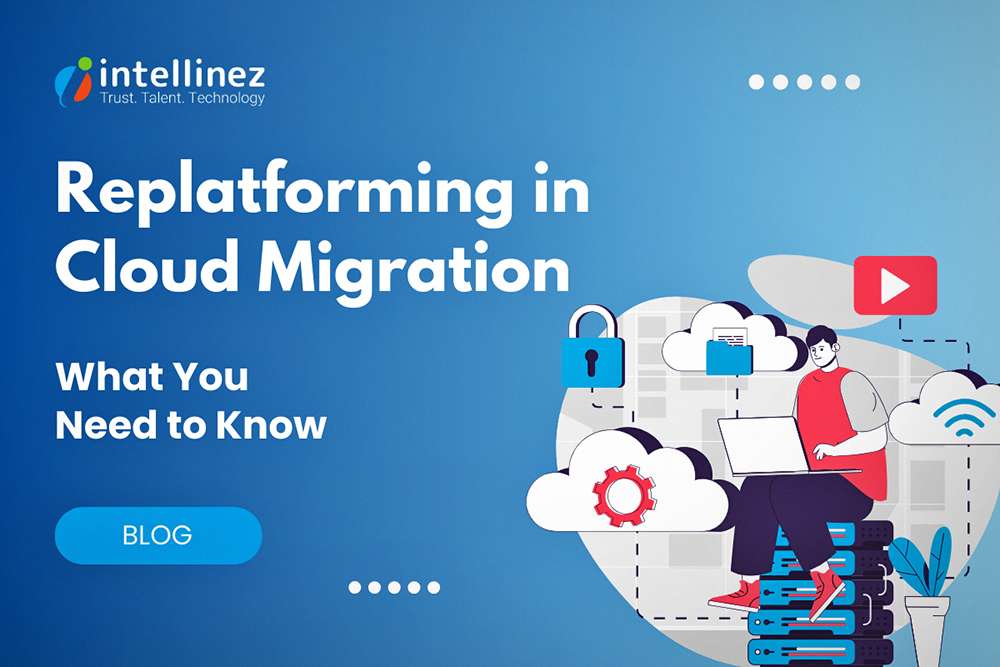





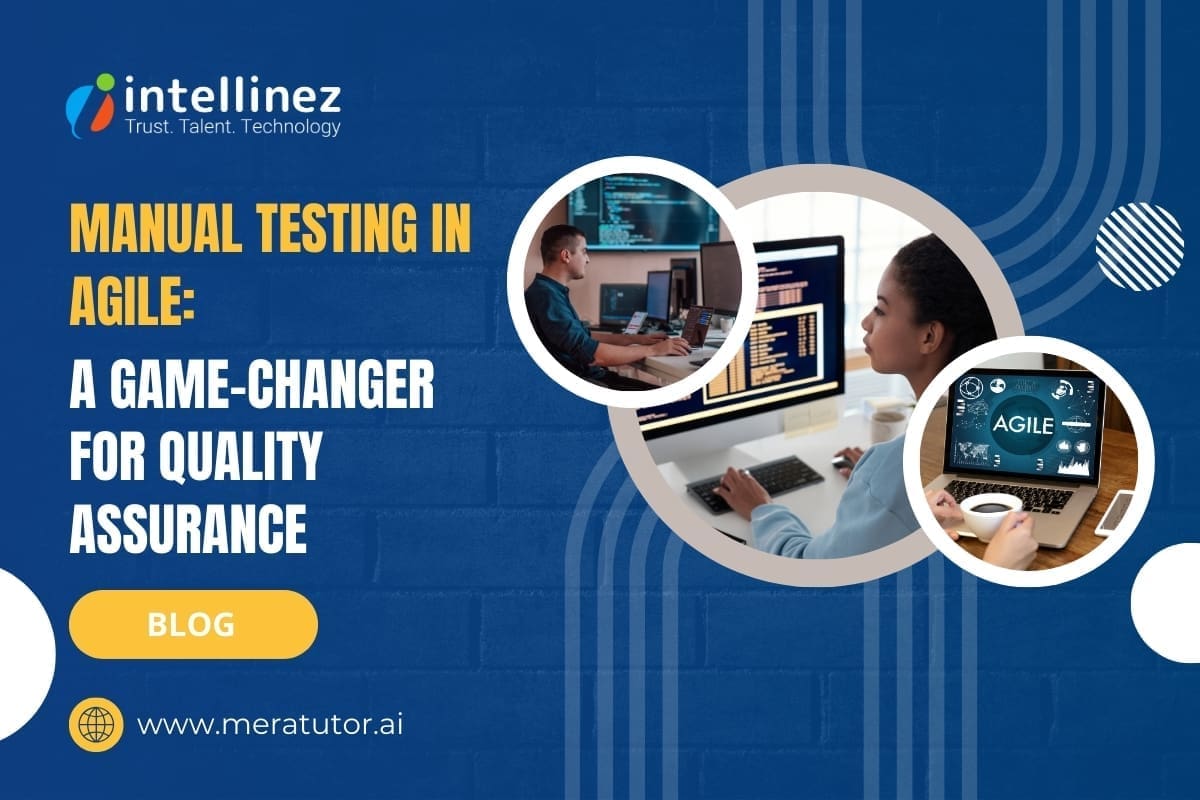




![A Comprehensive Guide to AWS SaaS Architecture [Diagram Included] 85 Aws SaaS Architecture](http://www.intellinez.com/wp-content/uploads/2024/08/Title-image.jpg)









